One in 9 women will be diagnosed with breast cancer during her lifetime. More than half of those women undergo mastectomy — the removal of one or both breasts.
Ron Israeli, MD, a plastic surgeon in Great Neck, NY, is regarded as a leading specialist in post-mastectomy breast reconstruction. His practice focuses on treating patients holistically through an in-house Patient Empowerment Program led by Clinical Director Mollie Sugarman.
As an extension of his holistic approach, Dr. Israeli recently began a life cast project with some of his patients. He created life casts of six of his patients -- five of them post-reconstruction and one post-mastectomy. Israeli views the life cast process as another step in the journey that provides a space where women can express emotions they harbor from their experience.
Lucienne Colombo tells the story of one patient's experience from diagnosis through seeing her life cast for the first time.
Credits
Related Links
The Goal
Ron Israeli, MD is a plastic surgeon who specializes in post-mastectomy breast reconstruction. As a founding partner at Aesthetic Plastic Surgery, PC, Dr. Israeli has helped to develop a breast reconstruction practice with a uniquely holistic approach. In his practice, patients are offered programs in a Patient Empowerment Program, led by a counselor with more than forty years of experience.
Dr. Israeli recently started creating life cast sculptures of some of his mastectomy and breast reconstruction patients. He began this project with the hope that these completed sculptures will promote awareness of breast reconstruction as a vital part of the recovery process after mastectomy.
MediaStorm was commissioned by Dr. Israeli to create a short film highlighting the psychological impact of the life cast project on a group of women who survived mastectomy and breast reconstruction.
MediaStorm's approach was to focus on a first-person narrative of one of these women, Lucienne Colombo, and to provide context to her experience by interweaving the perspectives of Dr. Israeli and Patient Empowerment Program Director Mollie Sugarman.
The goal was to provide an understanding of Lucienne's experience with cancer — from the shock of diagnosis to the depths of treatment to the relief of being cancer-free — in order to understand the real significance of the sculpture project for her.
The Challenge
The greatest challenge we faced was that the bulk of our main character's story had already happened. The main character, Lucienne, was a year out of all her surgeries and had already gone through the life cast process with Dr. Israeli. In addition, she had no documentation of her life during cancer. Trying to communicate the emotional spectrum she traveled was much more difficult without being able to document any of her emotions as she was experiencing them. The responsibility to include that emotion meant we had to rely much more heavily on her interview and try to get her back into the memory space of her experience.
Secondly, the time frame was really tight. With only five weeks to film and produce the piece, there were significant limits on what we could document and how we could tell the story. The time frame not only limited the number of scenes we could shoot, but also the amount of time we had to spend with people in the story, consequently limiting intimacy. Finding a way to include elements of intimacy in the piece was really important for us as the story was such a dire time for Lucienne and touches on similar experiences for so many other women.
The Solution
Since we couldn't film the events of Lucienne's story as they were happening, we found scenes in her daily life that matched the mood of her back story that allowed for character development. We used those scenes over her interview in which she told of the emotions she experienced during cancer.
We filmed a breast reconstruction surgery not only to communicate part of Lucienne's experience with cancer, but also to parallel Dr. Israeli's work in the operating room with his artistic endeavors in the sculpting project. The comparison between the two speaks both to Dr. Israeli's work as a surgeon and sculptor and to the effectiveness of the sculpting project in providing a reflective space for his patients.
Because of the tight time frame, we structured our production schedule to accommodate editing as soon as we had footage, while also continuing to shoot. That approach allowed us to take the time needed to capture important situations while staying on top of production in order to meet our deadline.
The Results
The final product is an 8-minute film comprised of an intimate, first-person narrative of one patient's experience with cancer and the life cast project, as well as the perspective's of Dr. Israeli and Mollie Sugarman. It surrounds Dr. Israeli's interview with context of his work, which includes scenes of a breast reconstruction and of Dr. Israeli working on the sculptures after doing the original cast.
The film was screened on October 27, 2011 at an event honoring Dr. William Osler, a physician during the turn of the century who is considered the "father of modern medicine," and was known for offering a humanistic approach in his treatment of patients. The reaction was overwhelmingly positive and stirred up a variety of emotions in the audience of breast cancer survivors, their doctors and loved ones. After seeing the film, one woman who had finished her journey and completed reconstruction shared with us that it was the first time she had cried since being diagnosed.
On December 6, 2011, Dr. Israeli and MediaStorm staffer Pam Huling spoke at the LifeCell Corporation headquarters in Branchburg, NJ and screened the film to 200 employees.
LifeCell is the creator of AlloDerm, a revolutionary product that enables plastic surgeons to achieve natural-looking breast reconstruction results using processed human skin. The presentation led to a standing ovation and comments that this was the best corporate Town Hall meeting they had ever had.
About The Client
Ron Israeli, MD, is a plastic surgeon practicing in Great Neck, New York since 1997. He is regarded as a leading specialist in post-mastectomy breast reconstruction and also studies classical European sculpture techniques under the guidance of master sculptor Kiril Tzotchev.
Dr. Israeli is one of three surgeons of Aesthetic Plastic Surgery, PC, which provides a range of cosmetic and reconstructive plastic surgeries and houses a Patient Empowerment Program to address the emotional aspect of handling a mastectomy and breast reconstruction.
MediaStorm Project Showcase
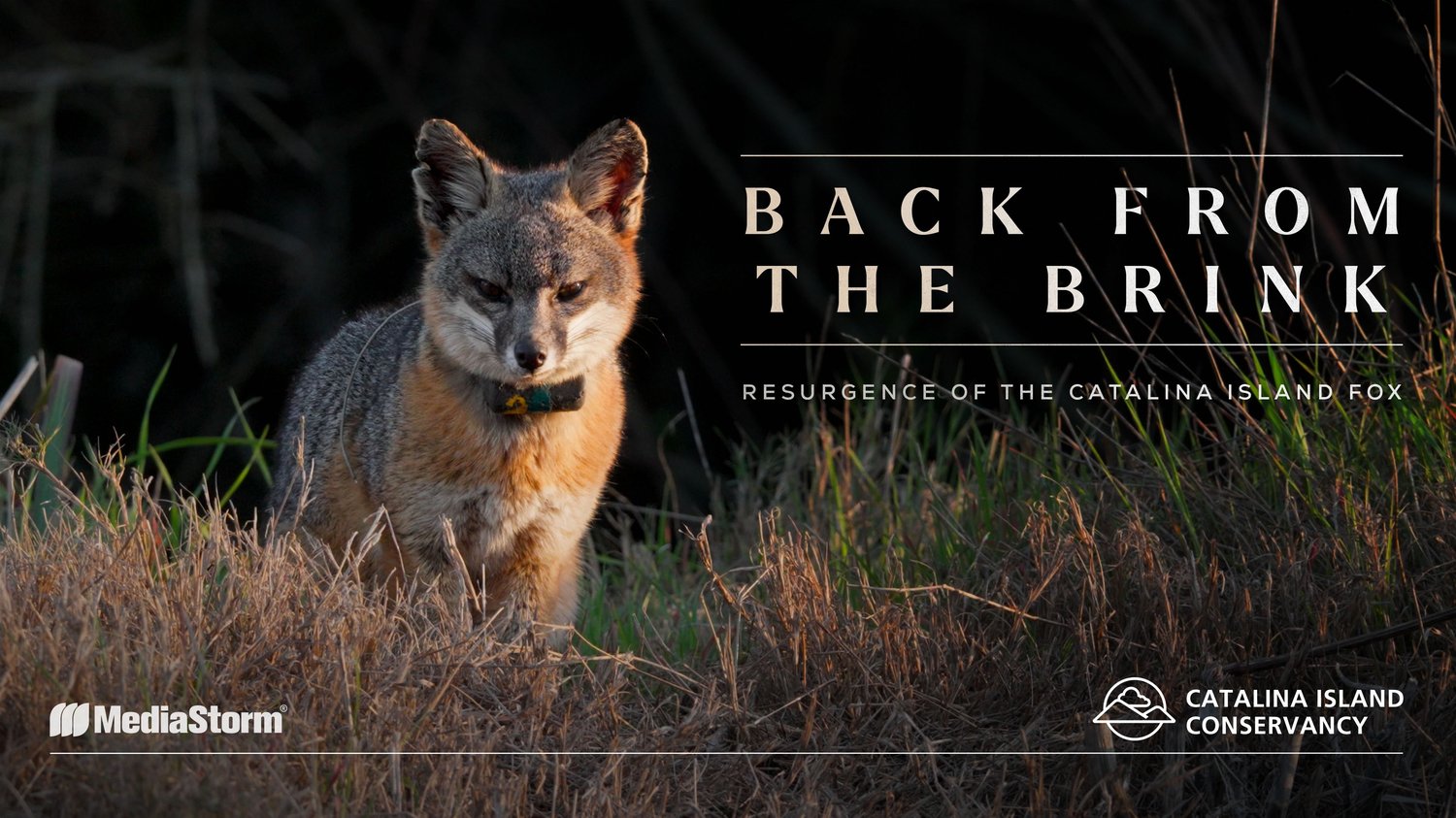
Once teetering on the brink of extinction, the Santa Catalina Island Fox made a dramatic recovery. Its resurgence marks one of the greatest conservation success stories in United States history.
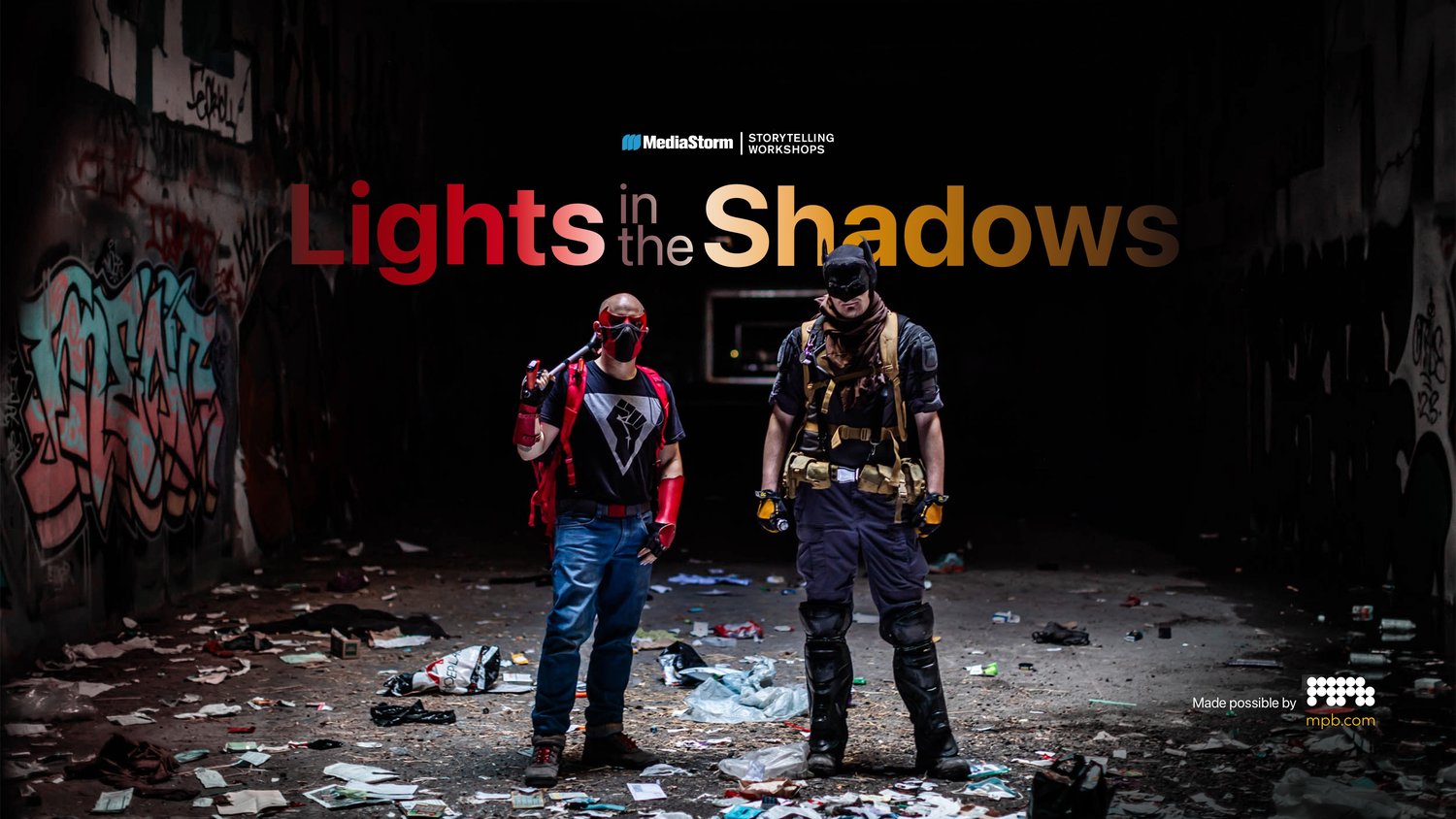
In the shadow of Silicon Valley’s booming technology industry, a growing number of people remain out in the cold. Skyrocketing housing prices in America’s hub of innovation have pushed many onto the streets, straining policymakers to find solutions to a homelessness problem that impacts everyone in the community.
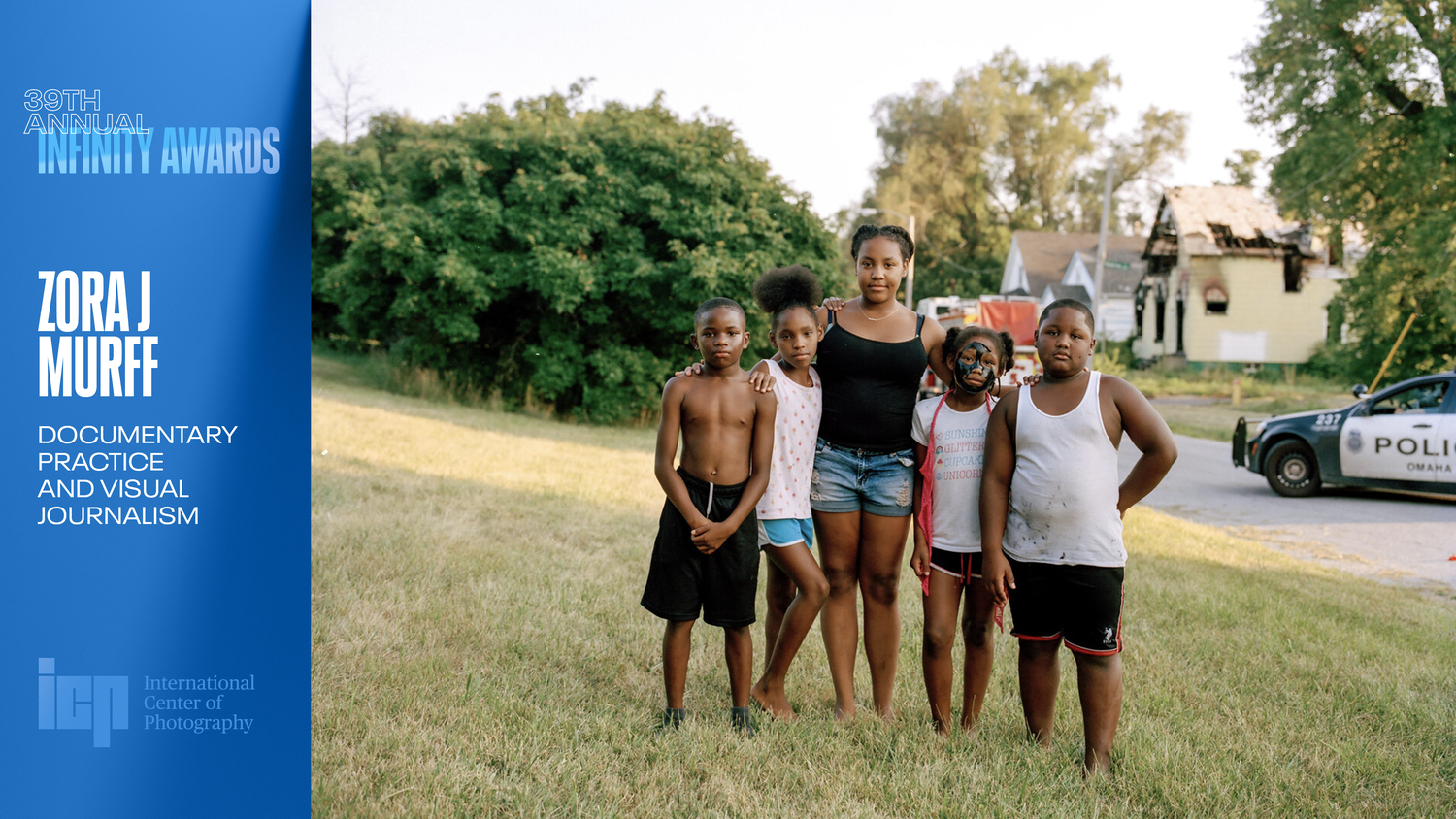
This page recognizing Zora J Murff for ICP’s 2023 Infinity Award for Documentary Practice and Visual Journalism features a film about his life, a slideshow of his projects and extra clips of his thoughts about his work and motivation.

Sebastião Salgado says "a good picture, a fantastic picture, you do in a fraction of a second, but to arrive to do this picture, you must put your life in there."
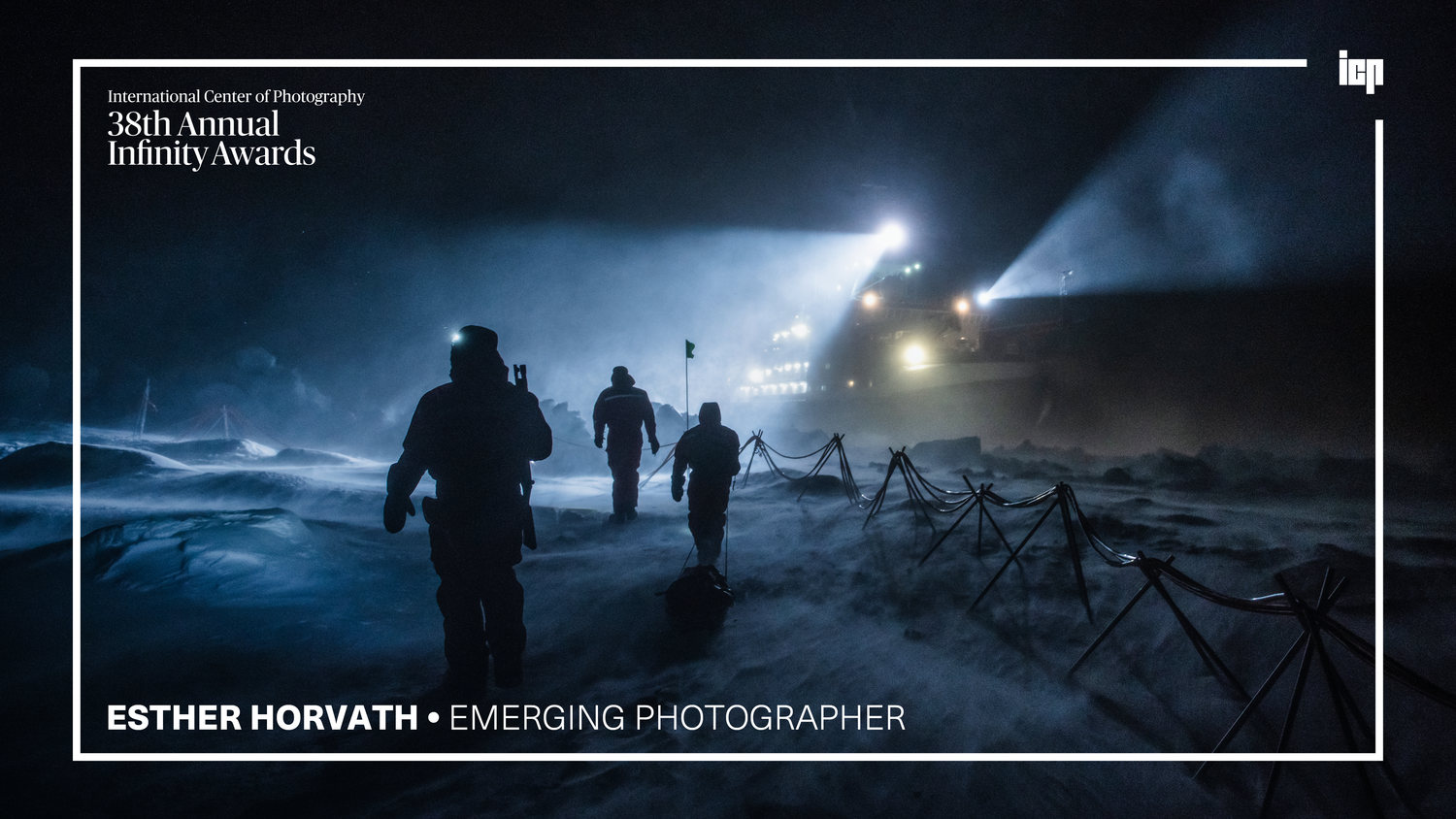
Esther Horvath has sent questions to the universe and she has received answers. She found her calling to tell visual stories that show the full research story behind our climate data.
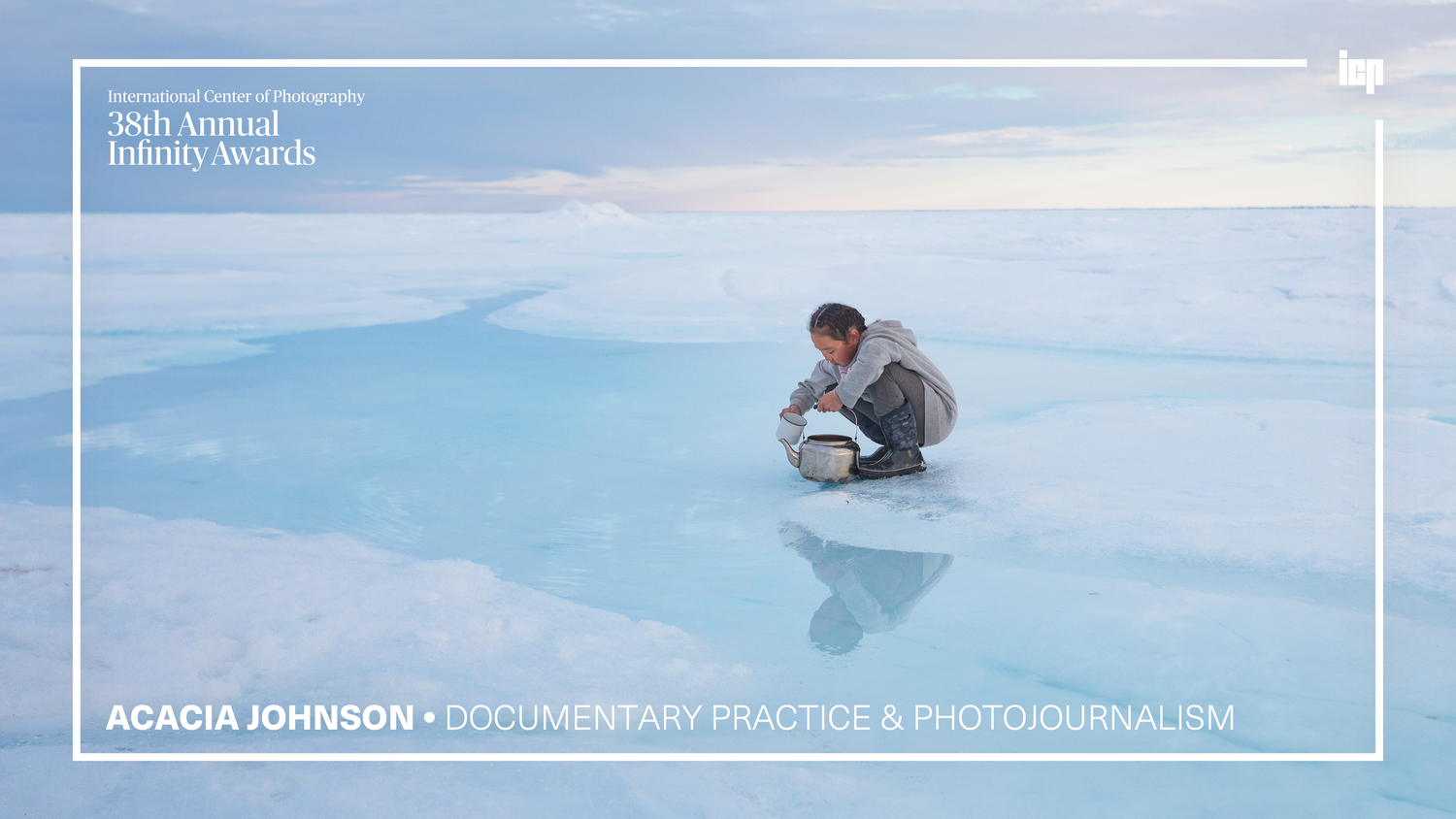
See photographer Acacia Johnson’s growth from her earliest explorations of Alaskan landscapes to a National Geographic cover for a documentary project among indigenous people of the Arctic.
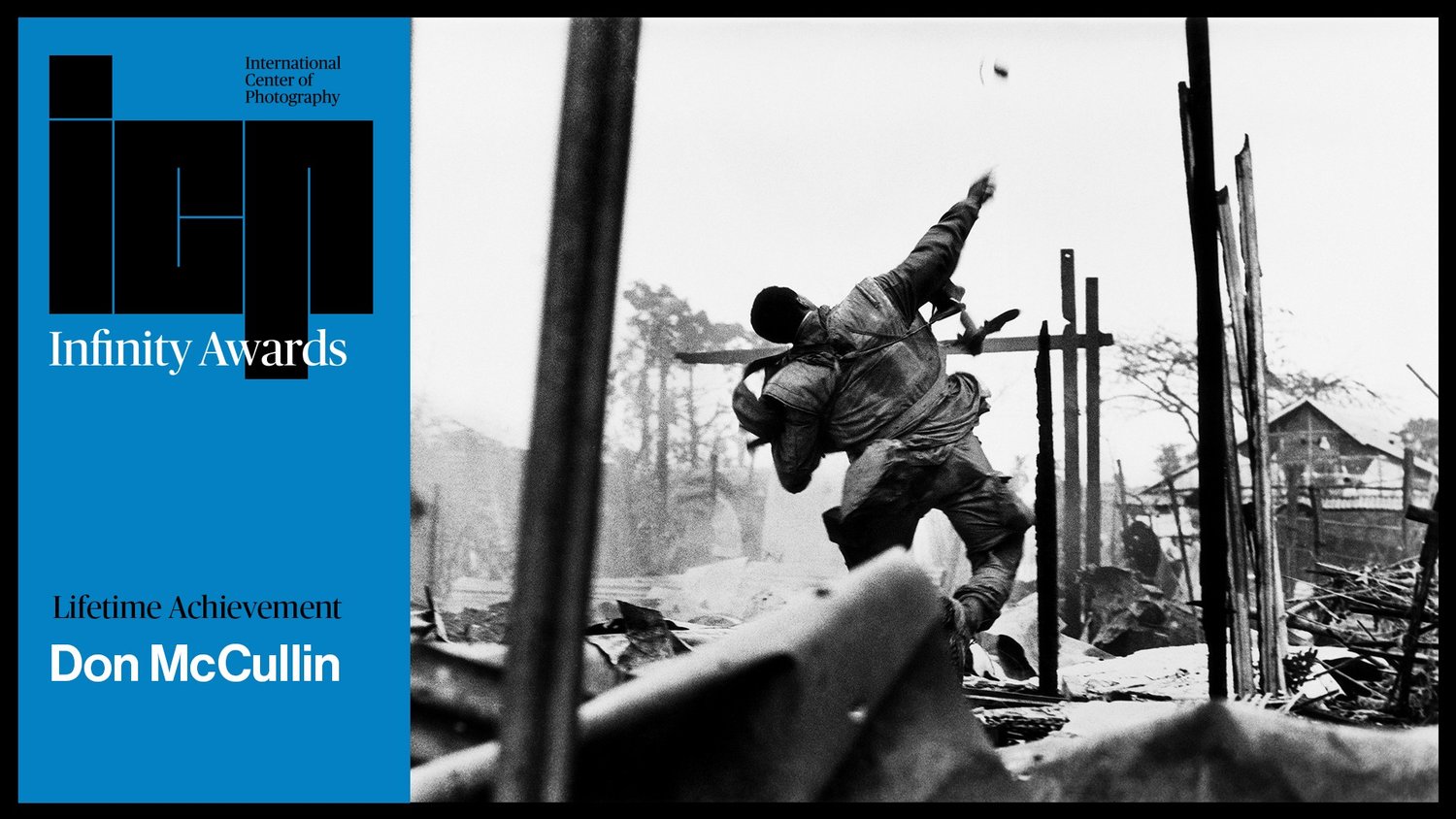
Sir Don McCullin never intended to become a photographer. He found it hard to believe he’d ever escape the poverty of North London. But a spur of the moment photograph launched McCullin into a career spanning 50 years in photography.
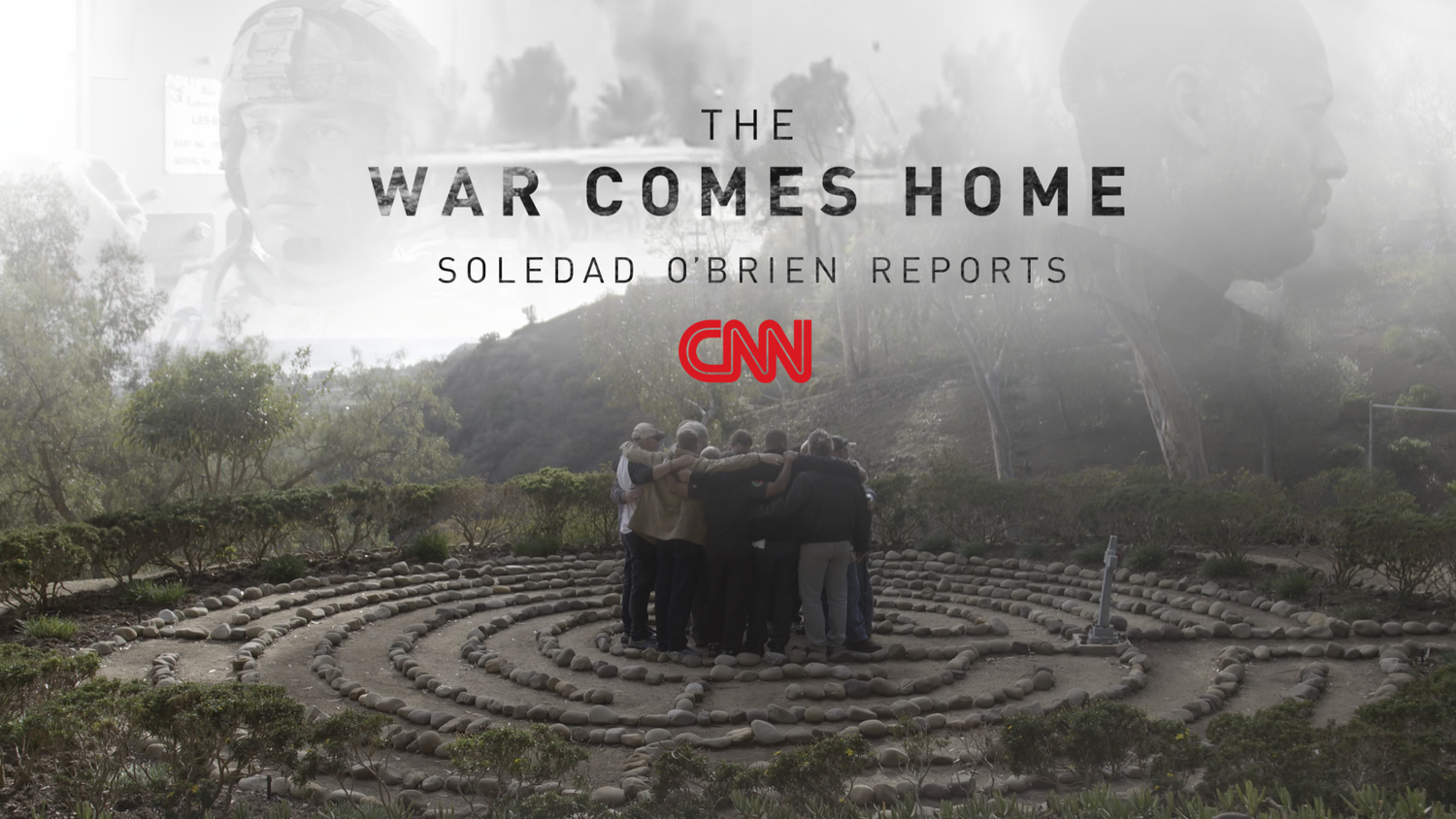
As the U.S. prepares for the final drawdown of soldiers from the conflicts in Iraq and Afghanistan, Soledad O’Brien and MediaStorm take an intimate look at two veterans as they struggle with the transition from war to home.
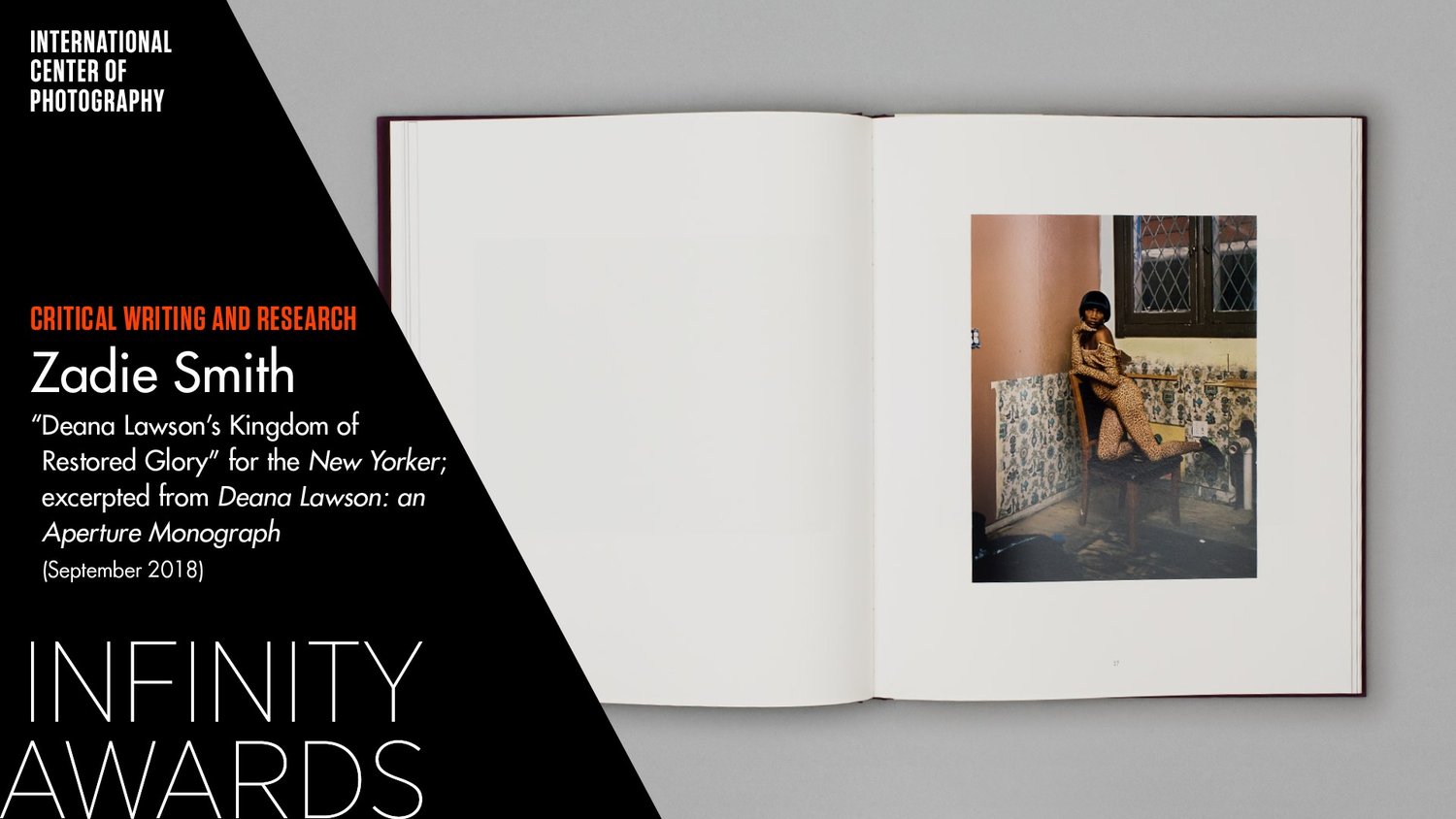
Writer Zadie Smith pays homage to photographer Deana Lawson in the artist’s first Monograph for Aperture.

As a formerly incarcerated person, Michael struggled for work, and found purpose in being a husband, father, and activist. But 7 years since his release from prison, the cost of Michael’s activism is evident.
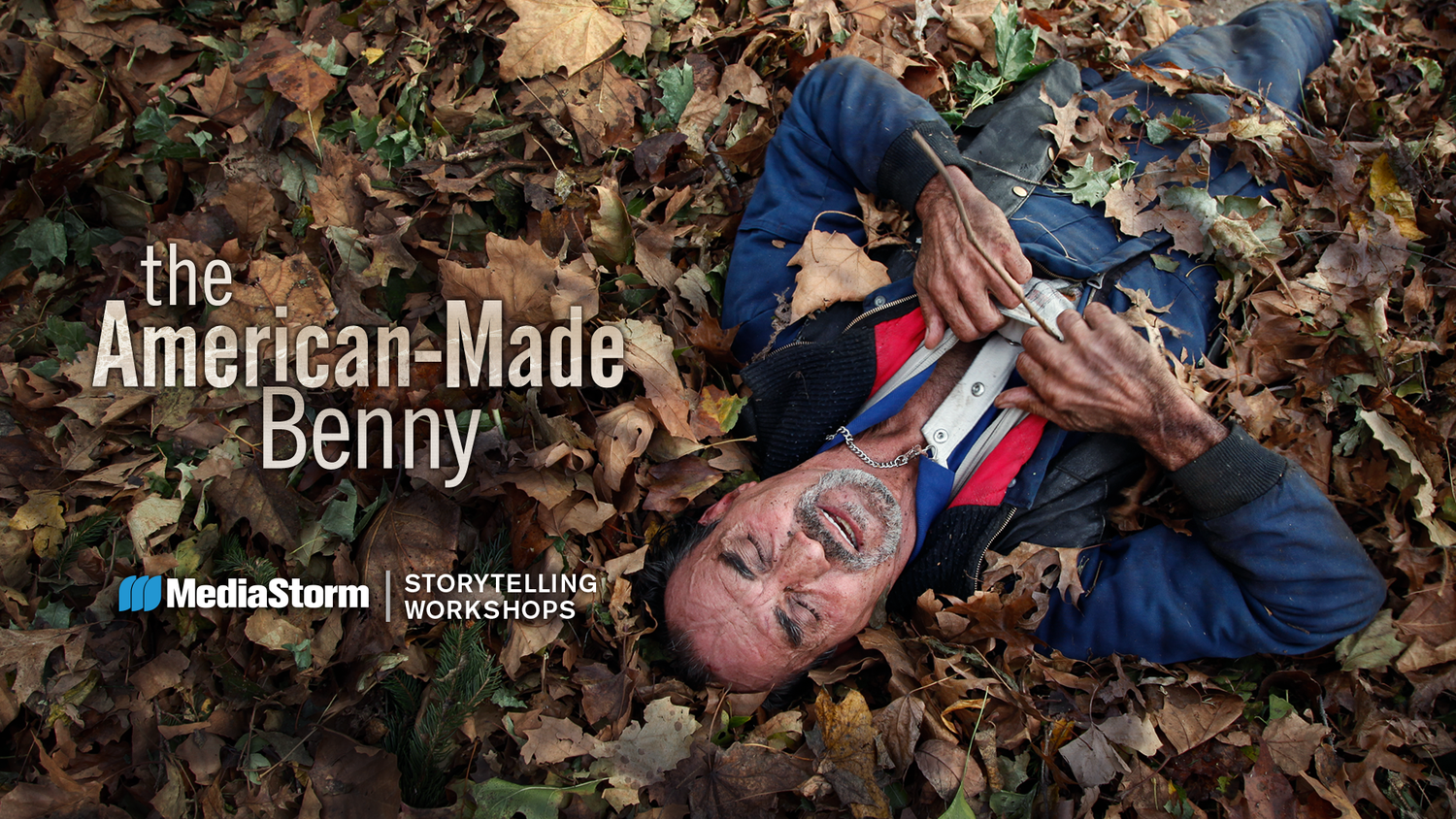
Benny is a “certified” garbologist. He collects what others throw away. Benny is also at war with his family. Here is a man sharing a house with his wife but living as a stranger. This is a household on the edge.
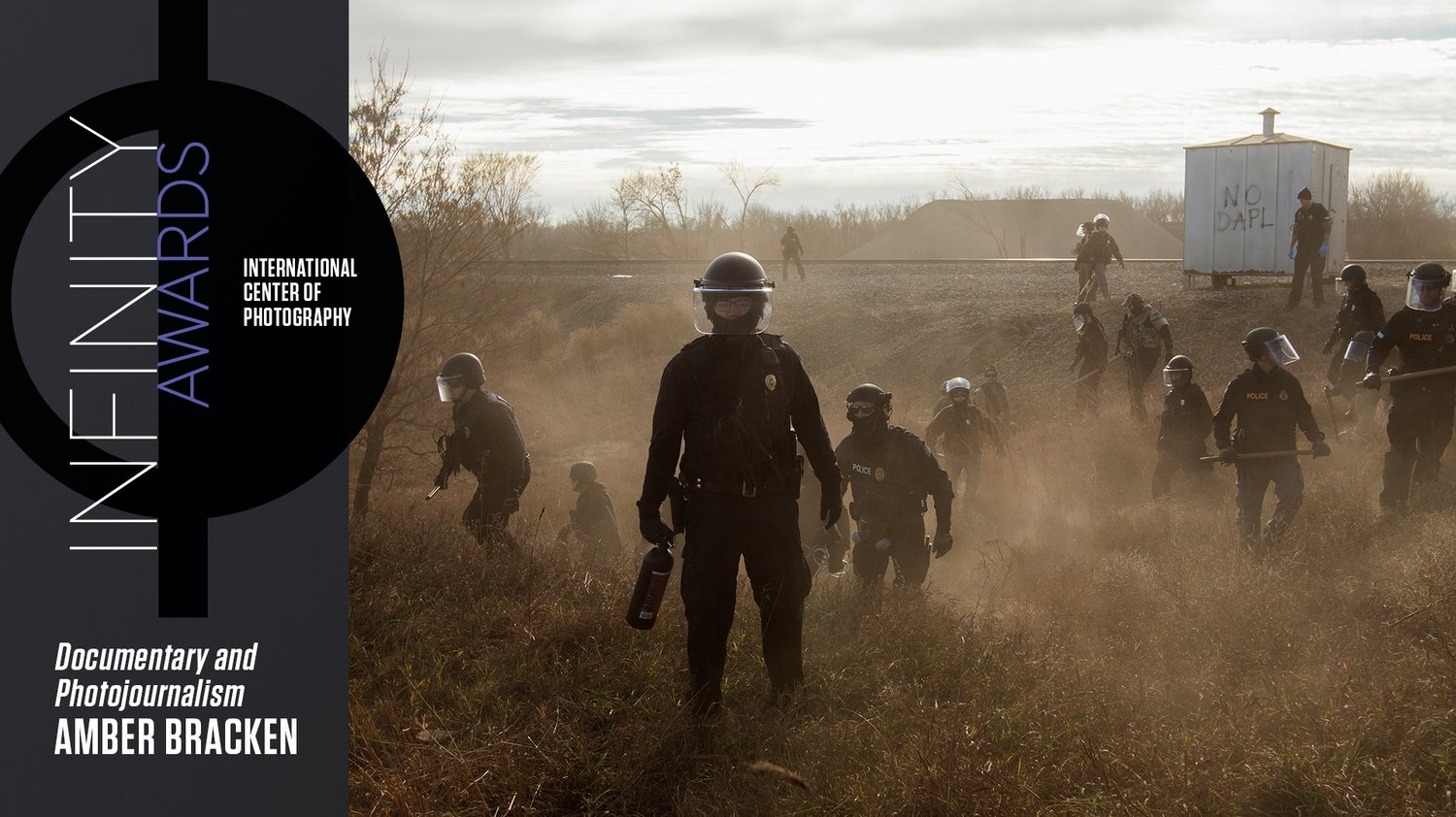
Photographer Amber Bracken recognized something deeper than a protest was afoot when hundreds of tribes gathered at the Standing Rock reservation in opposition to the Dakota Access Pipeline.
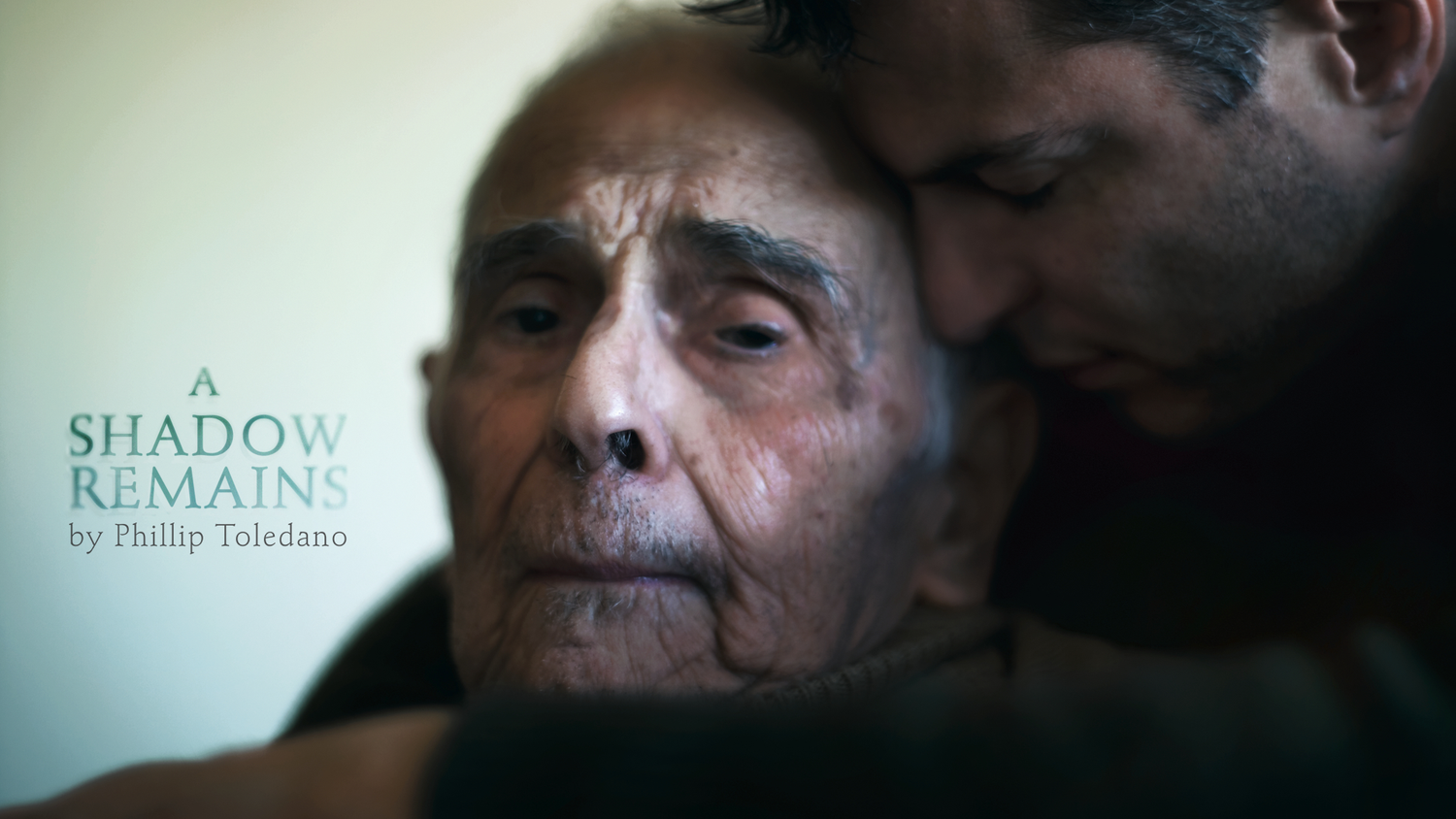
How does the death of a child change a parent? How does the death of a parent change a child? How do these moments change us as we develop and grow further away from who we were as children?
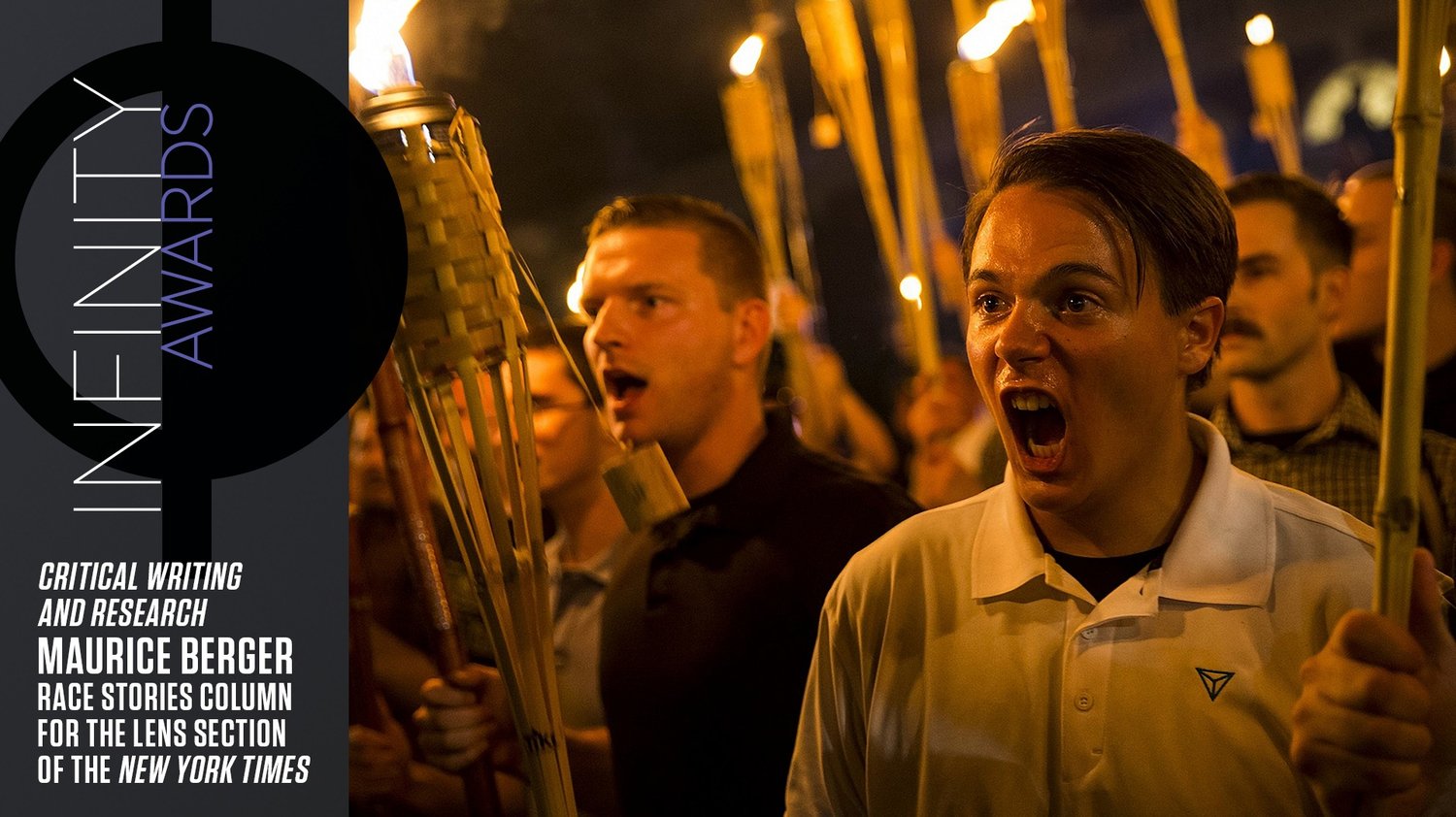
Maurice Berger–cultural historian, and columnist for the New York Times’ Race Stories–has spent his career studying and teaching racial literacy through visual literacy.

Japan’s Disposable Workers examines the country’s employment crisis: from suicide caused by overworking, to temporary workers forced by economics to live in internet cafes, and the elderly who wander a town in search of shelter and food.

Karl Ove Knausgaard is the celebrated author of a massive six-volume autobiography. But Knausgaard remains confused by the attention. This is a portrait of a man who has achieved massive success yet still considers himself unworthy.
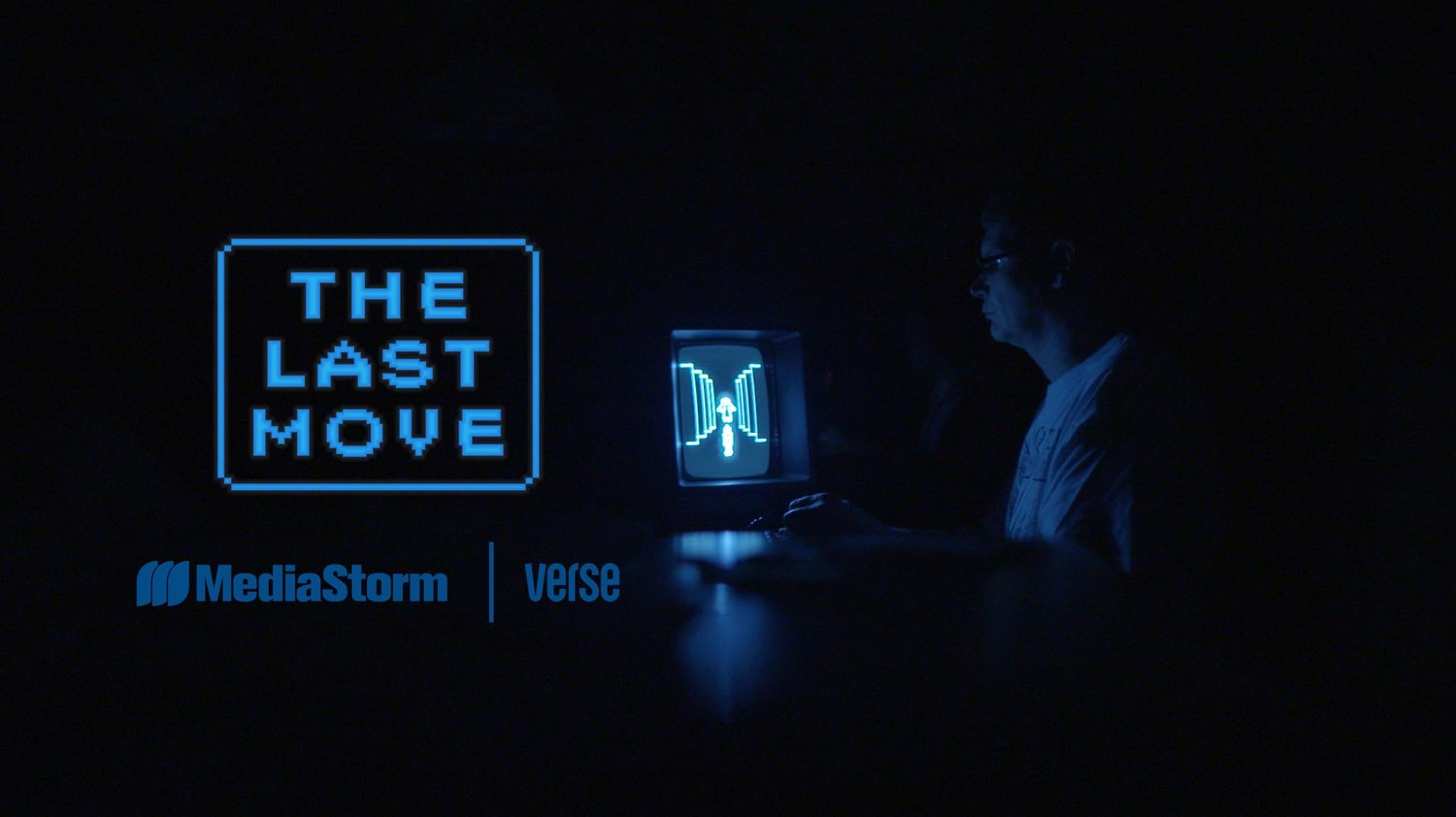
Michael Thomasson has devoted his life to video games. It’s been his passion and his obsession for more than three decades. He owns over 11,000 unique game titles for more than 100 different systems.

A film about Michael Christopher Brown for the 2017 ICP Infinity Awards.
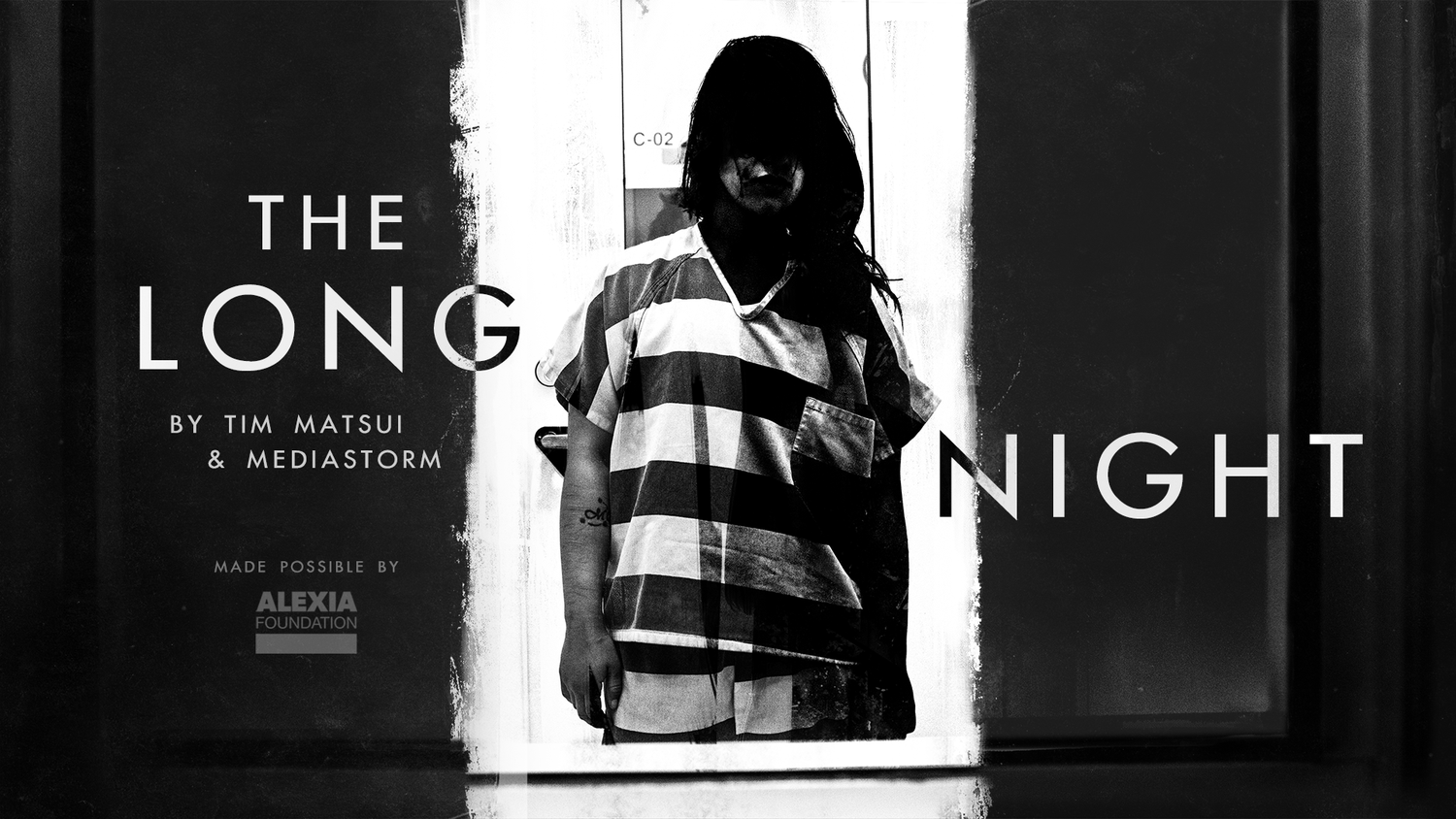
The Long Night, a feature film by Tim Matsui and MediaStorm, gives voice and meaning to the crisis of minors who are forced and coerced into the American sex trade.
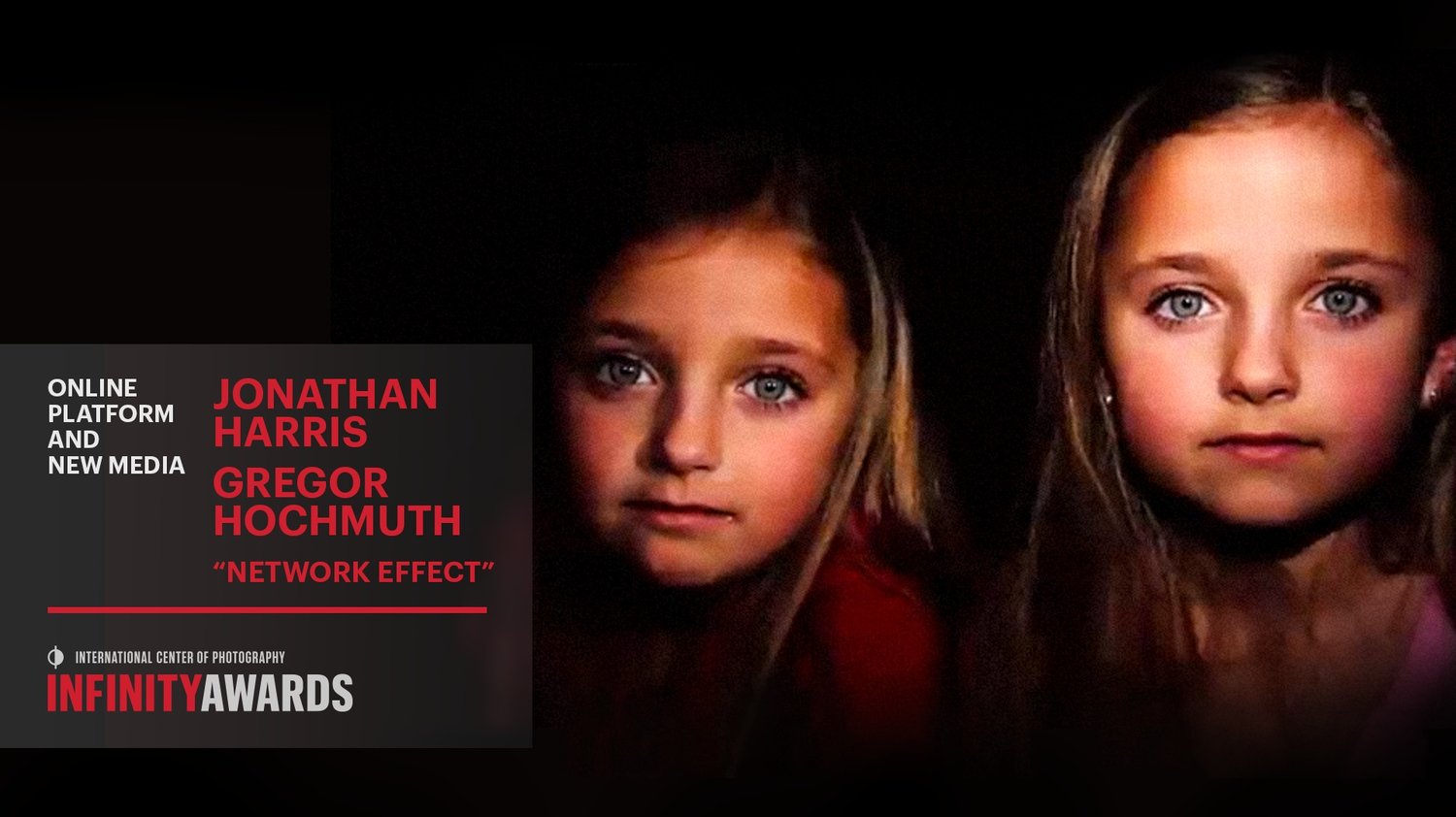
Jonathan Harris and Greg Hochmuth have a complicated relationship with the internet and have worked together to develop an artwork that explored some of the more difficult consequences of what it means to live with the internet.
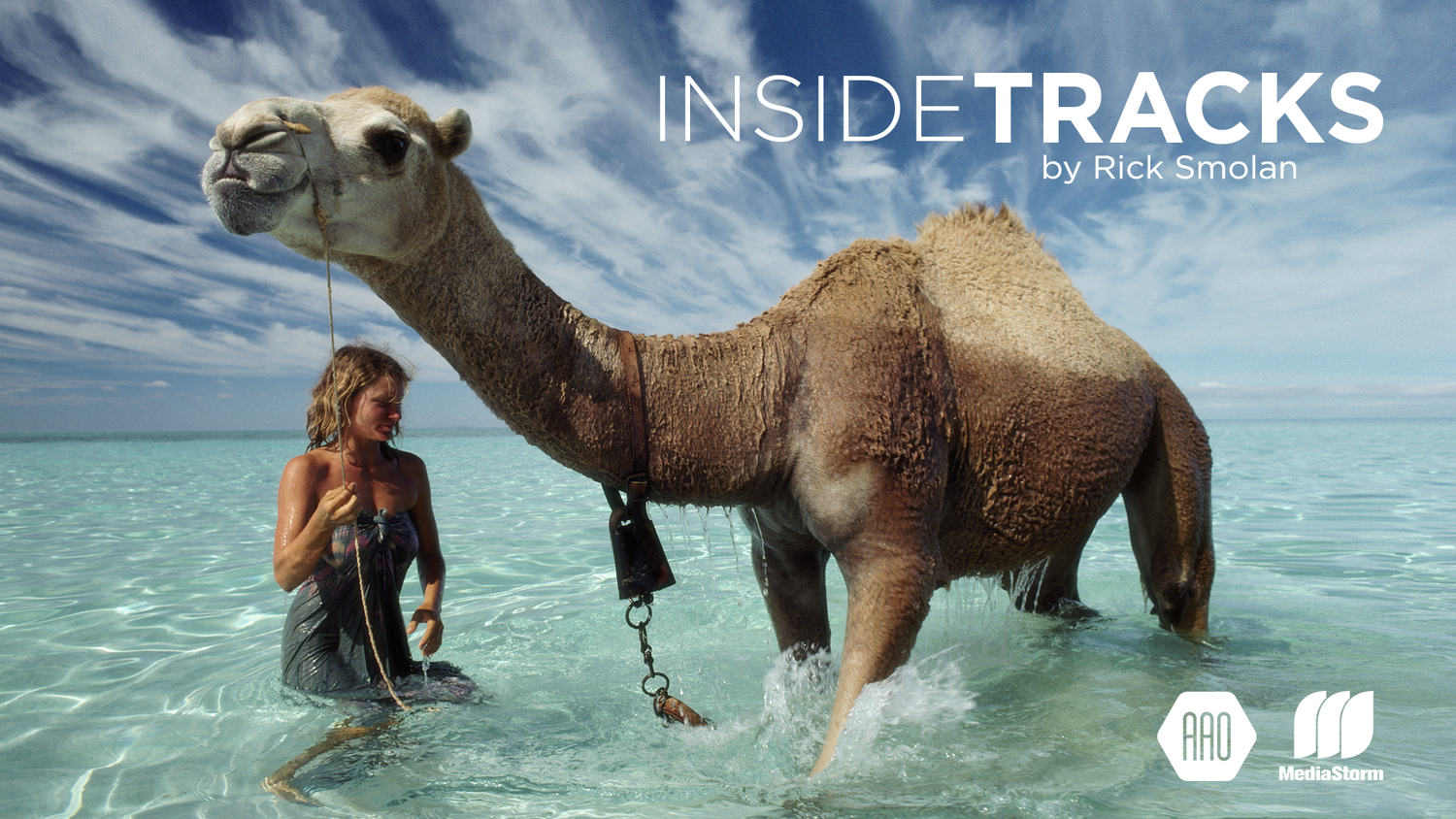
In 1977, Robyn Davidson walked 1,700 miles across the Australian outback. National Geographic sent Rick Smolan to photograph her perilous journey—a trek that tested and transformed them, forming an immutable bond that continues to this day.
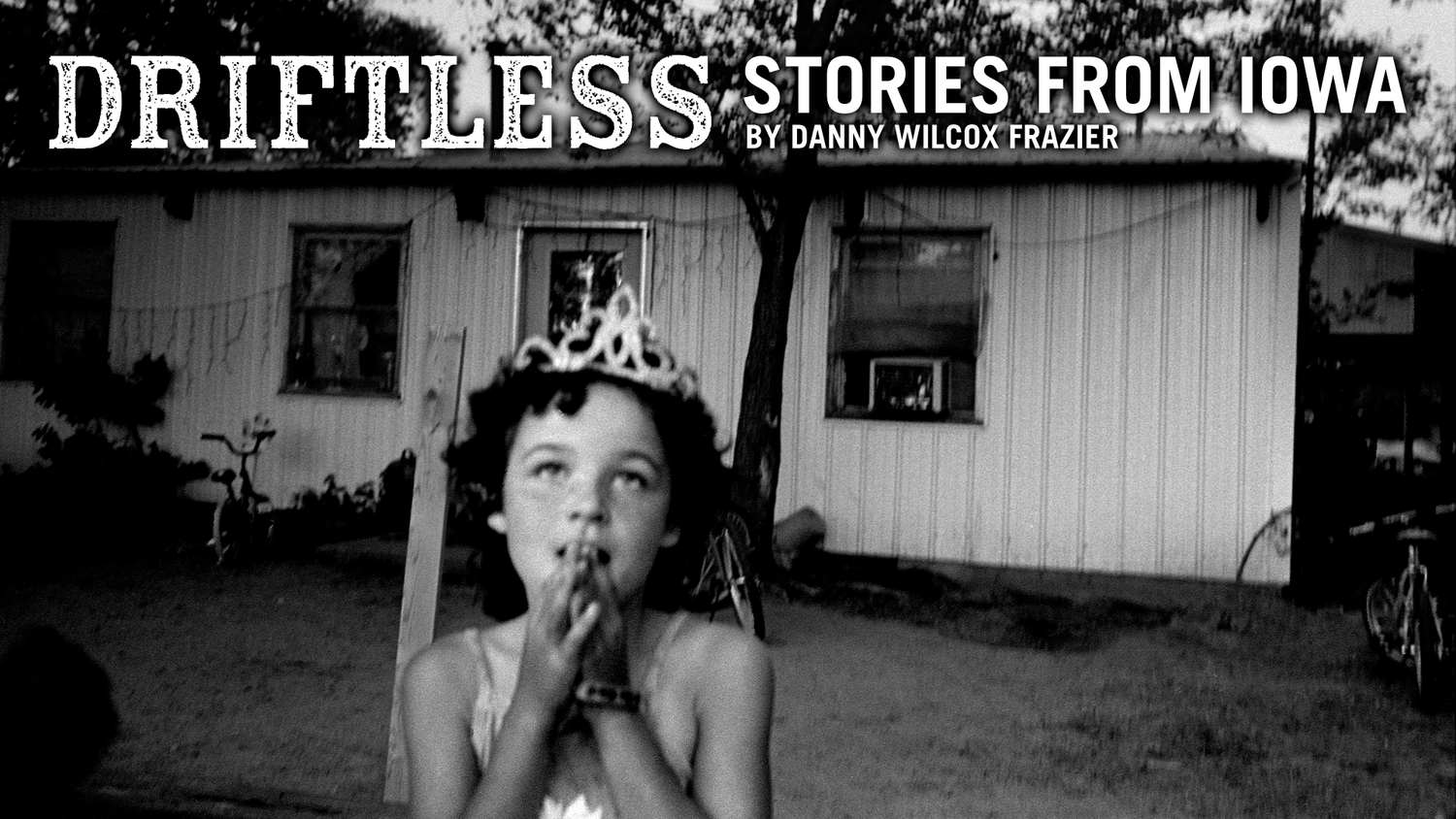
Once at the center of the U.S. economy, the family farm now drifts at its edges. In Iowa, old-time farmers try to hang on to their way of life, while their young push out to find their futures elsewhere. Driftless tells their stories.
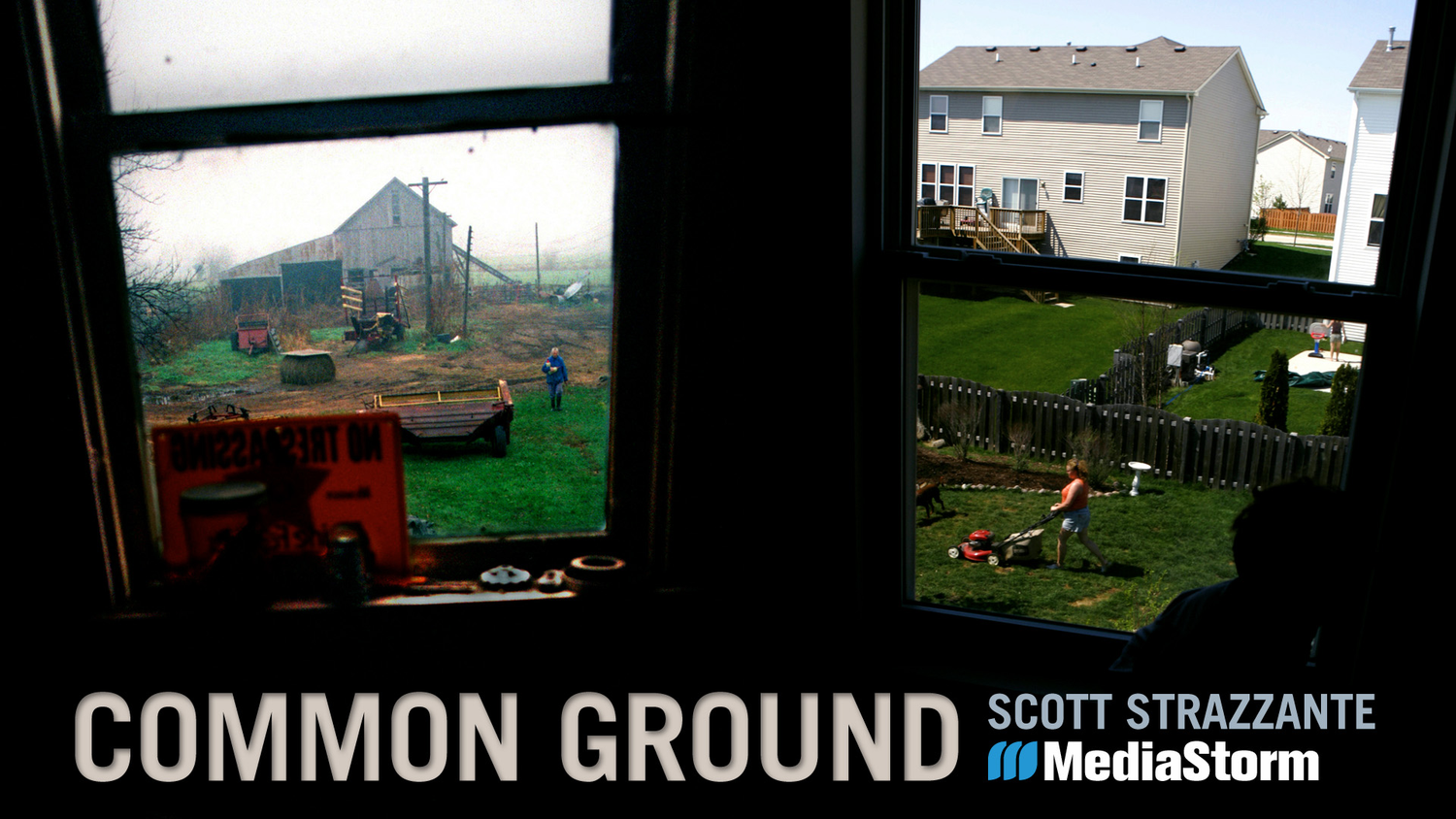
The American family farm gives way to a subdivision - a critical cultural shift across the U.S. Common Ground is a 27-year document of this transition, through the Cagwins and the Grabenhofers, two families who love the same plot of land.
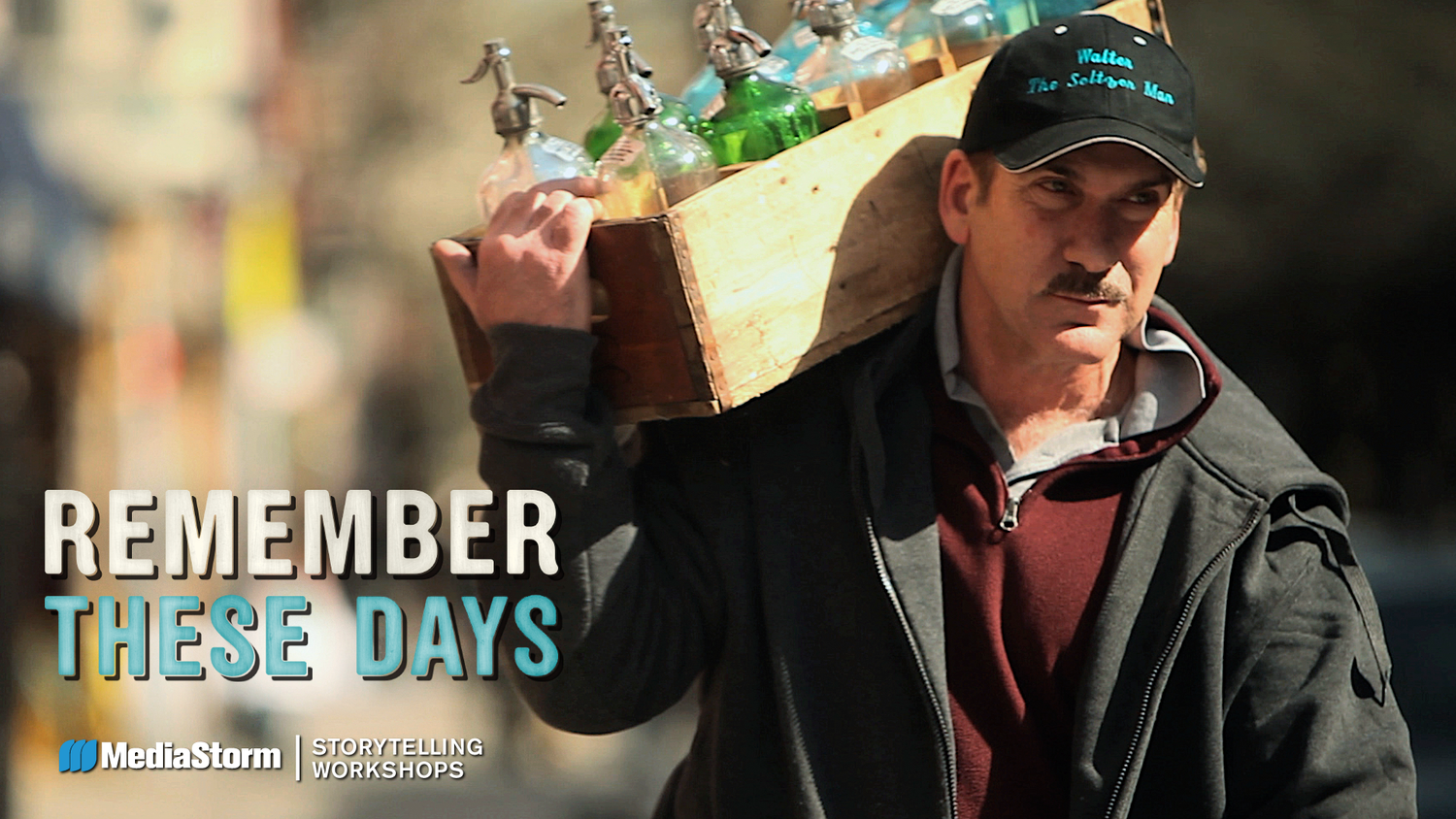
For Walter Backerman, seltzer is more than a drink. It’s the embodiment of his family. As a third generation seltzer man, he follows the same route as his grandfather. But after 90 years of business, Walter may be the last seltzer man.
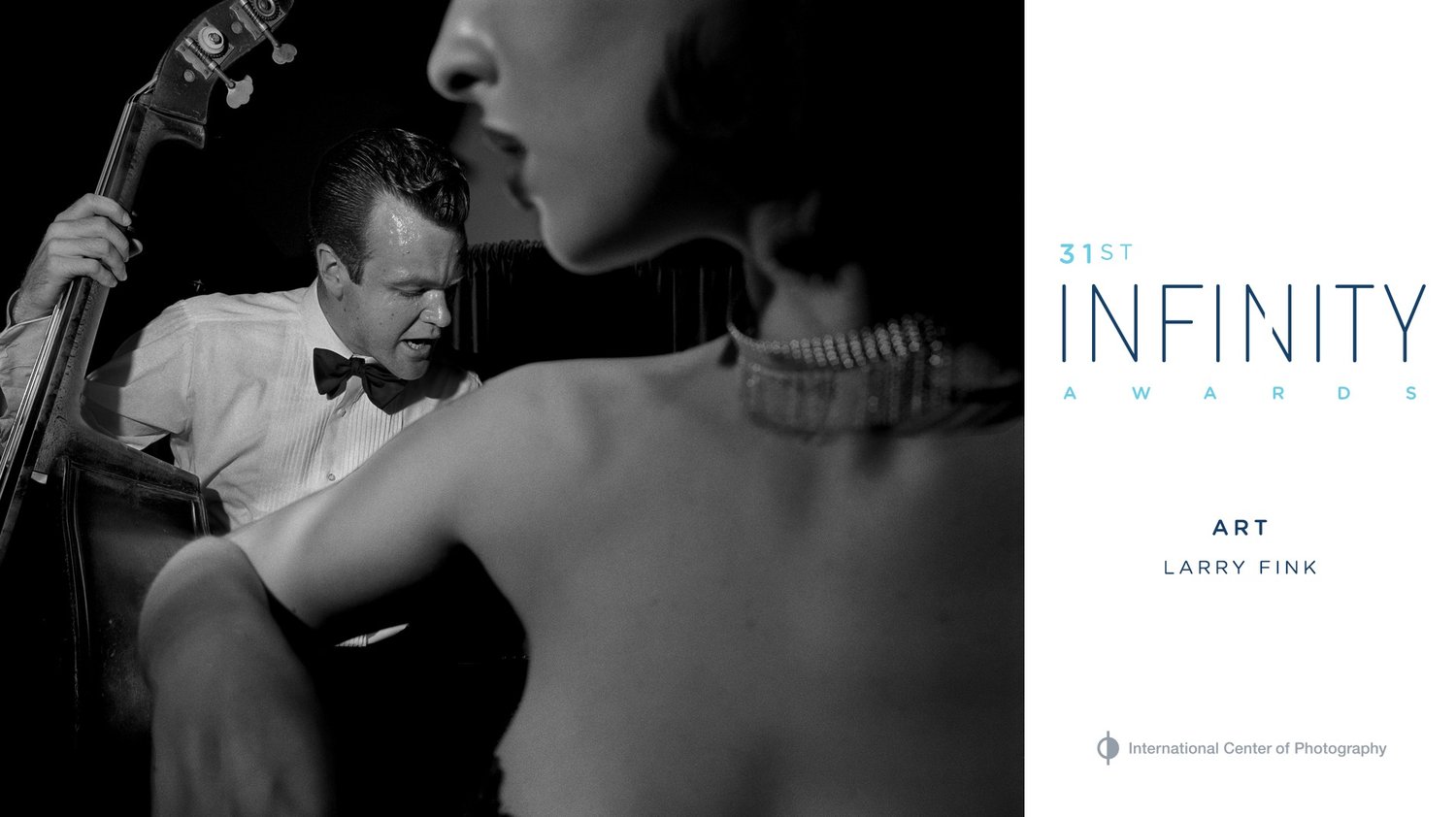
Larry Fink has spent over 40 years photographing jazz musicians, wealthy manhattanites, his neighbors, fashion models, and the celebrity elite. His archive is a thoughtful collection of American history, and Fink’s experience of it.
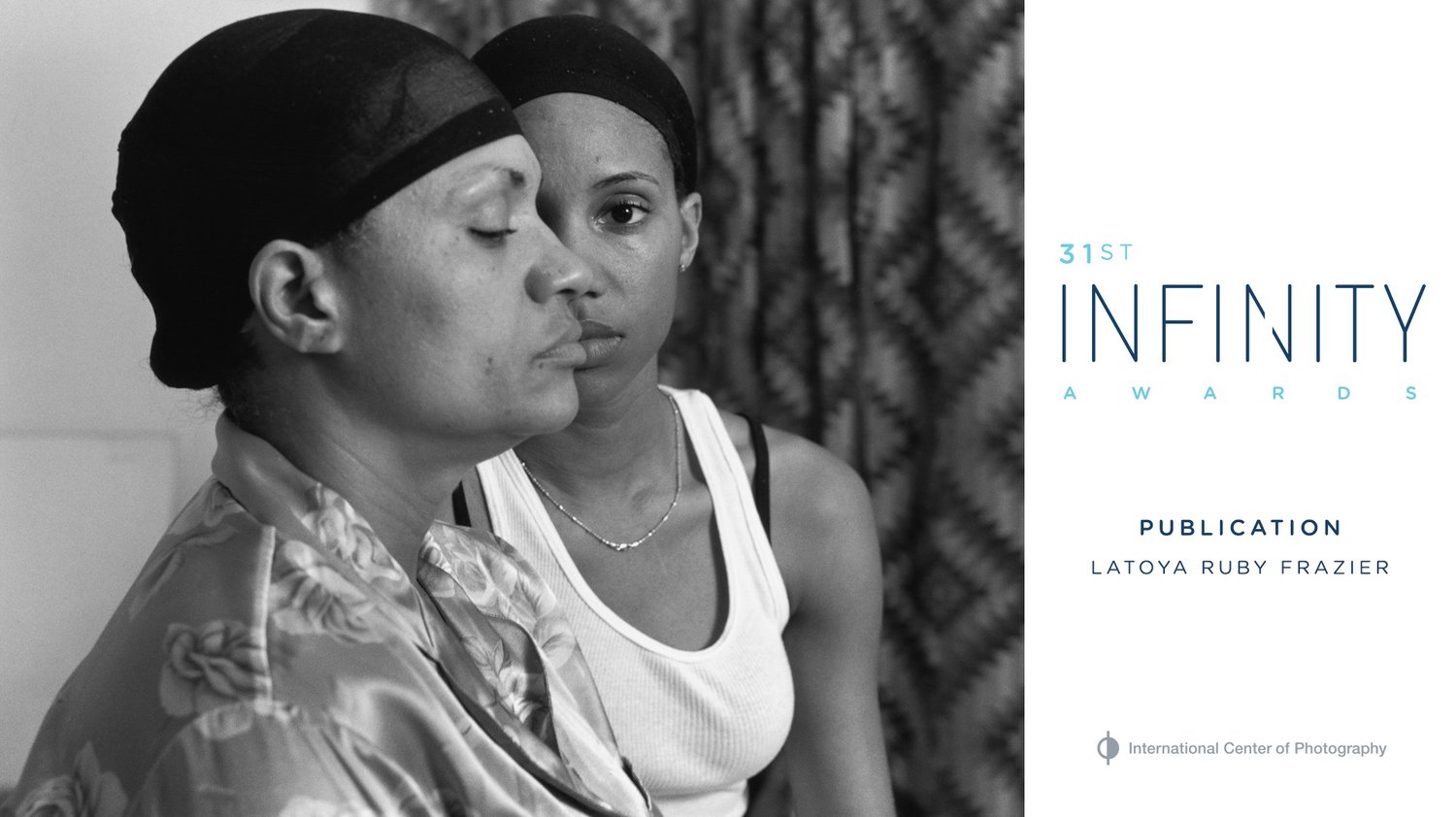
LaToya Ruby Frazier’s body of work “The Notion of Family” examines the impact of the steel industry and the health care system on the community and her family. Collaborating with her mother and grandmother, she uses her family as a lens to view the past, present and future of the town.
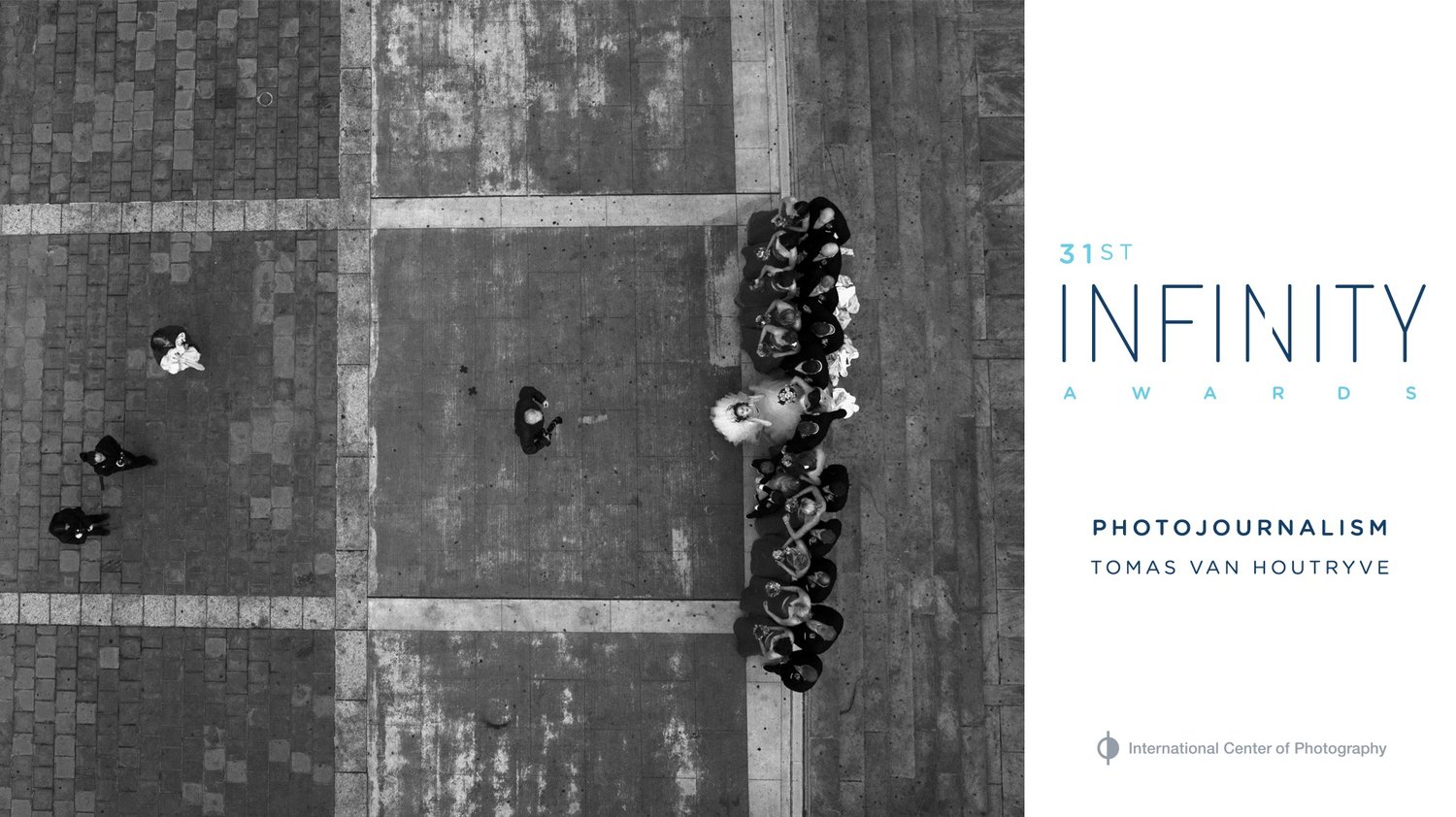
Tomas Van Houtryve wants there to be a permanent visual record of the dawn of the drone age, the period in American history when America started outsourcing their military to flying robots. In order to create this record, Van Houtryve sent his own drone into American skies.
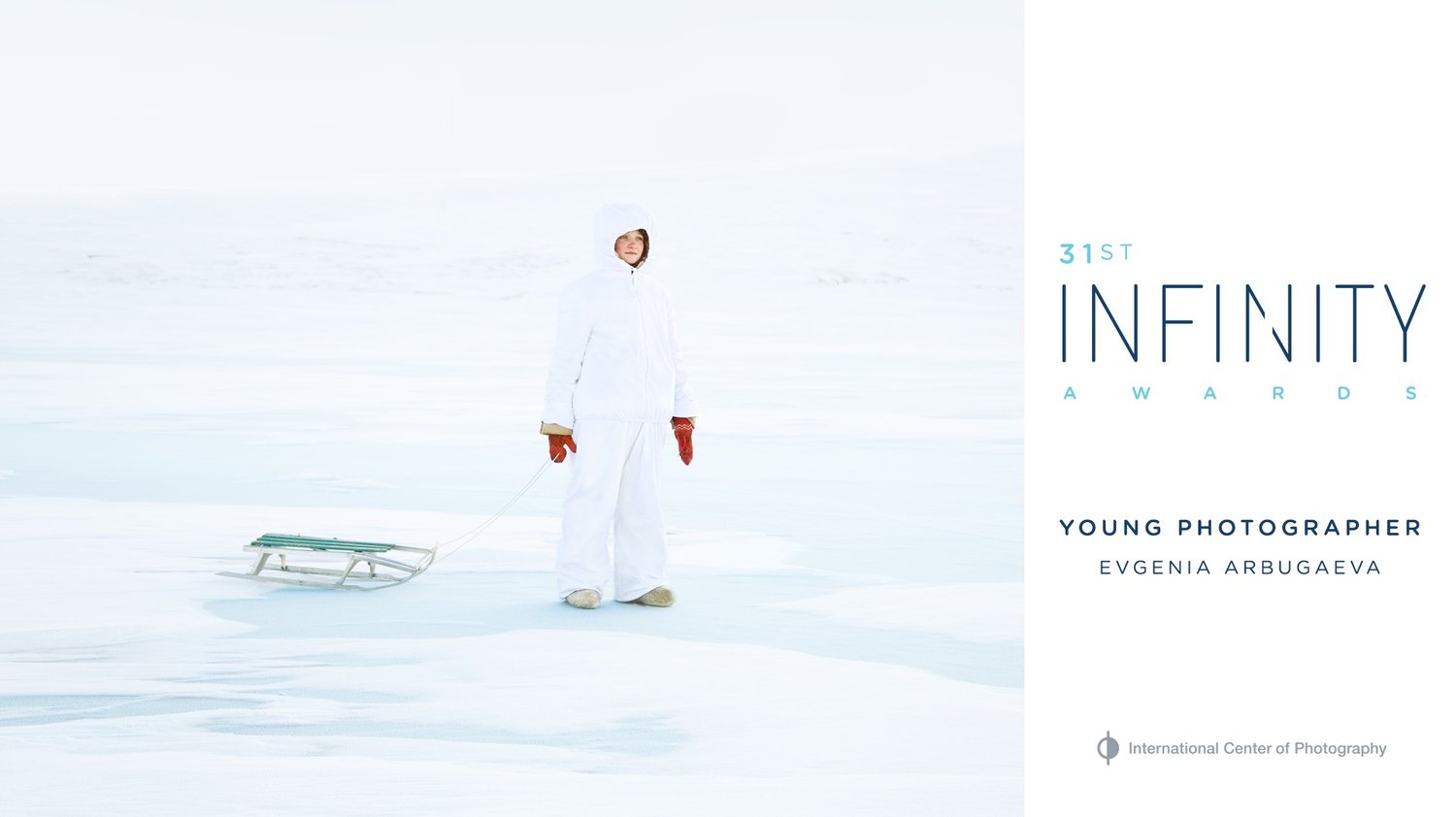
Evgenia Arbugaeva was born in the magical town of Tiksi, Russia. This barren, arctic landscape influenced Arbugaeva in almost every aspect of her dreamlike photography.
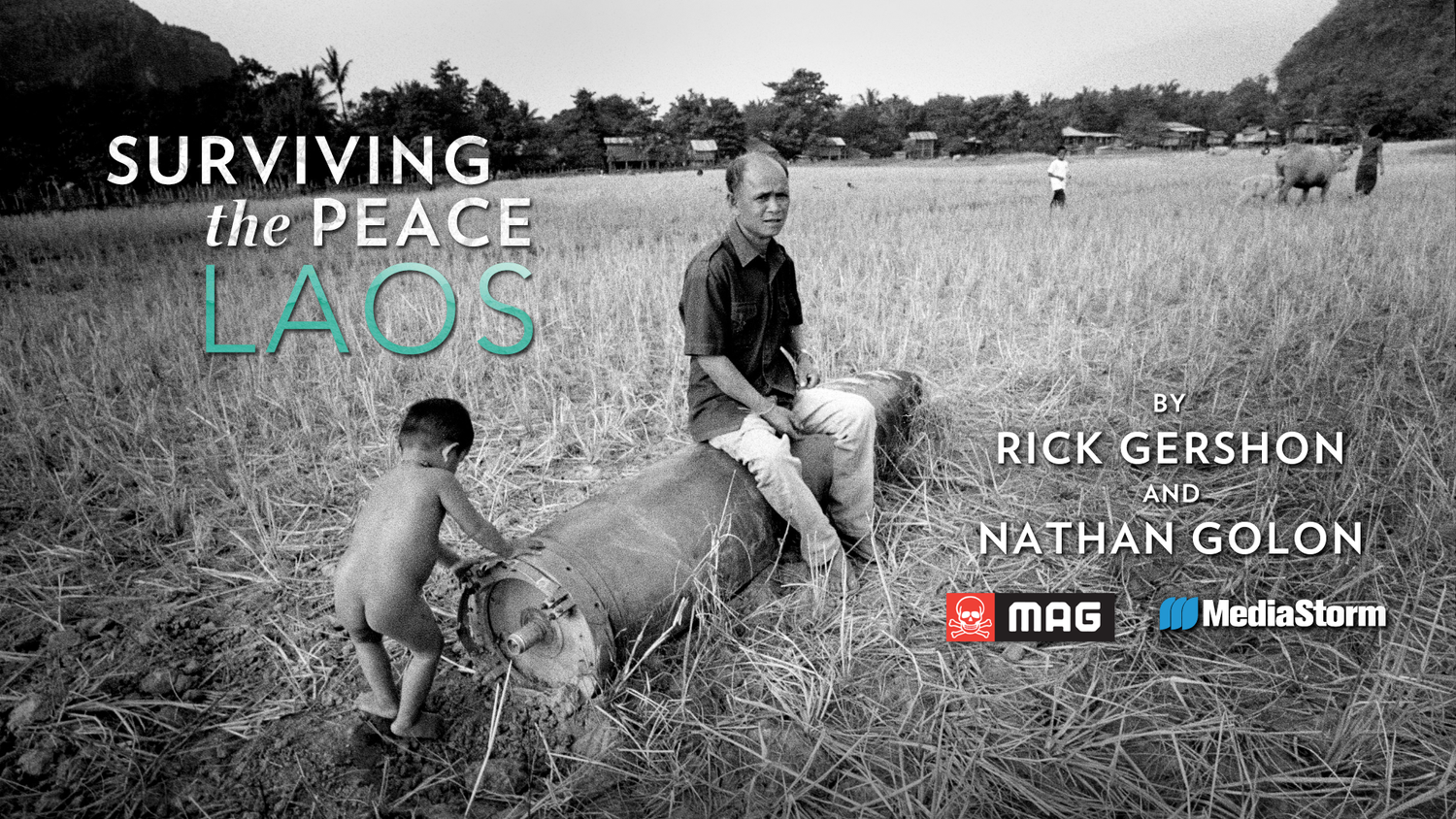
Surviving the Peace: Laos takes an intimate look at the impact of unexploded bombs left over from the Vietnam war in Laos and profiles the dangerous, yet life saving work, that MAG has undertaken in the country.
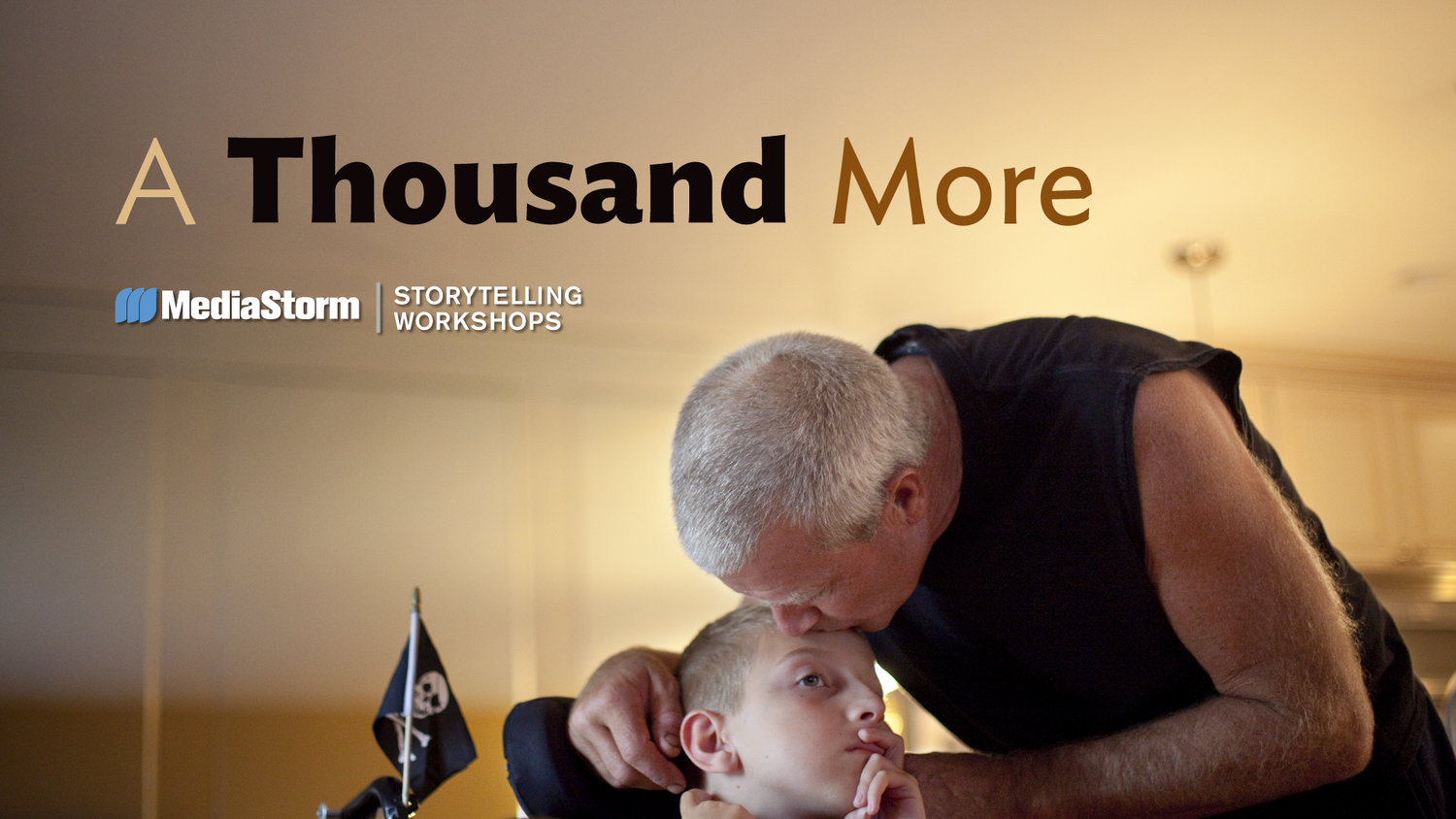
A family is determined to give their disabled son a whole and vital life. In the midst of a great burden, one small child – with a seemingly endless supply of love – is the blessing that holds a family together.

Inspired by the photographs of the Farm Security Administration growing up, Lynn Johnson has spent nearly 35 years as a photojournalist working for LIFE, National Geographic, Sports Illustrated and various foundations.
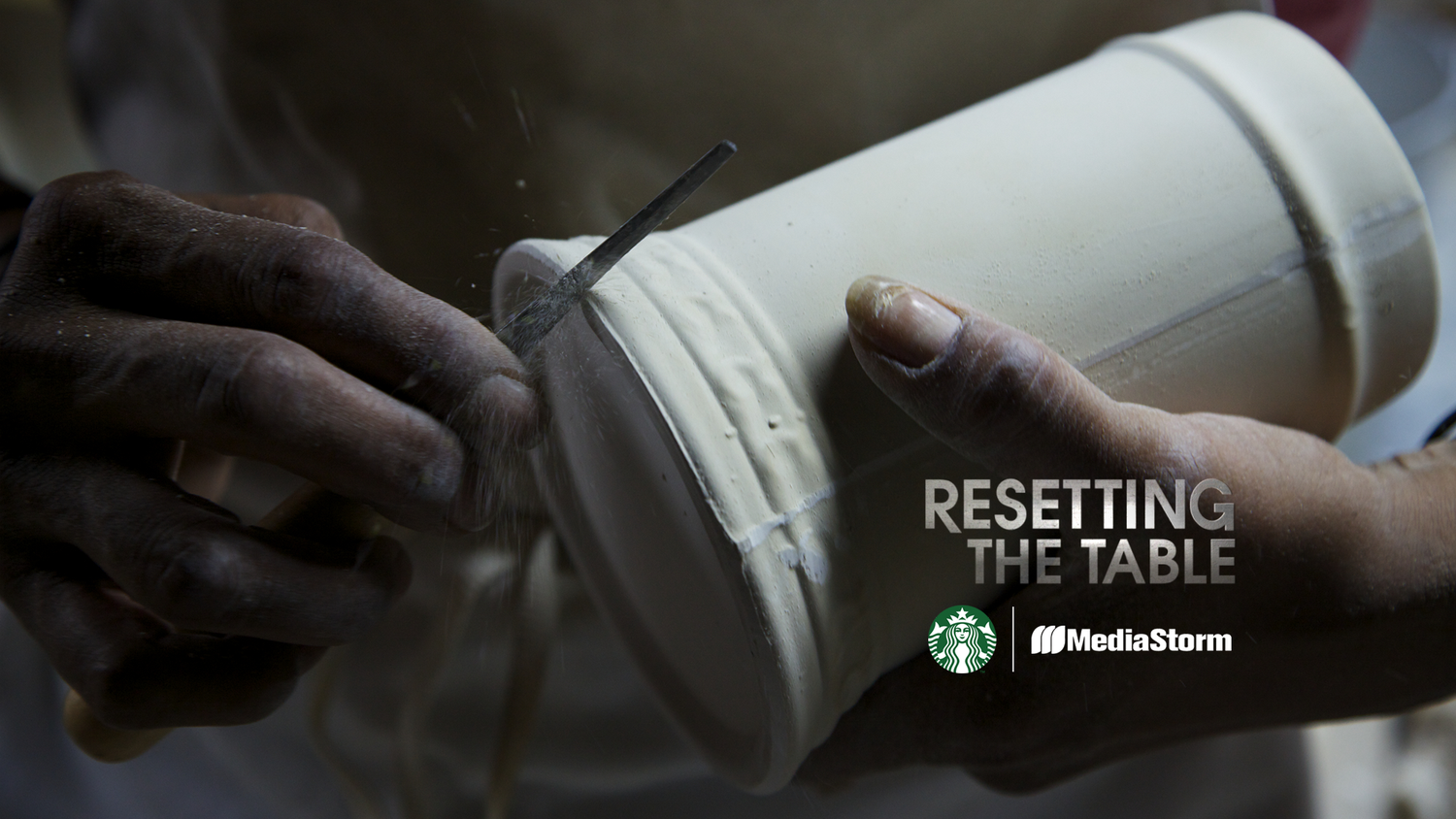
Resetting the Table takes a unique, personal look at the impact Starbucks’ Create Jobs for USA program has had on the American Mug & Stein pottery facility in East Liverpool, Ohio.
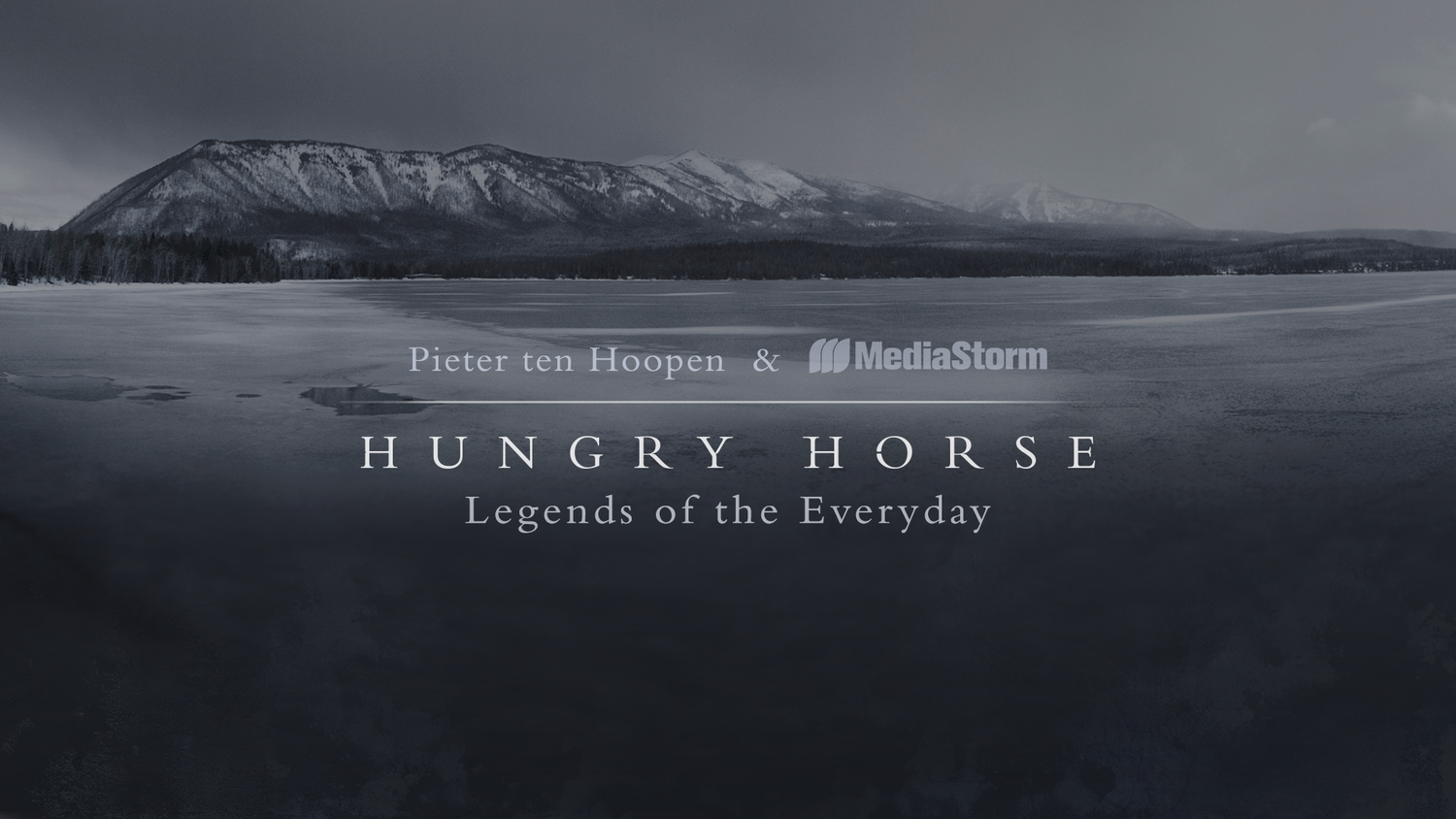
Hungry Horse captures the spirit of renewal, peace and serenity through stunning landscapes and intimate oral histories.
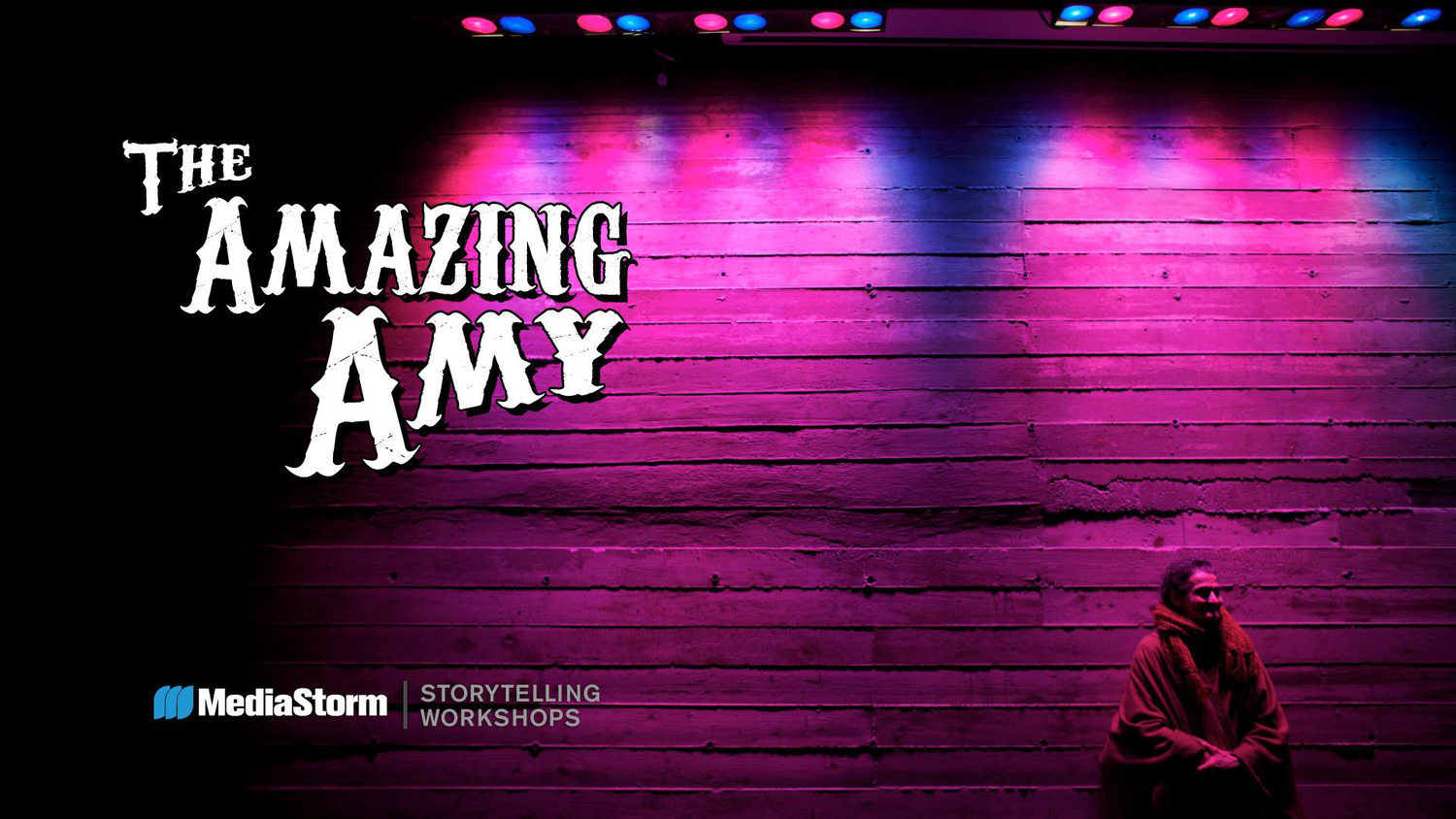
Using humor and a love of fantasy, "The Amazing Amy" Harlib connects with audiences through performing strenuous yoga-based contortion acts in New York City.
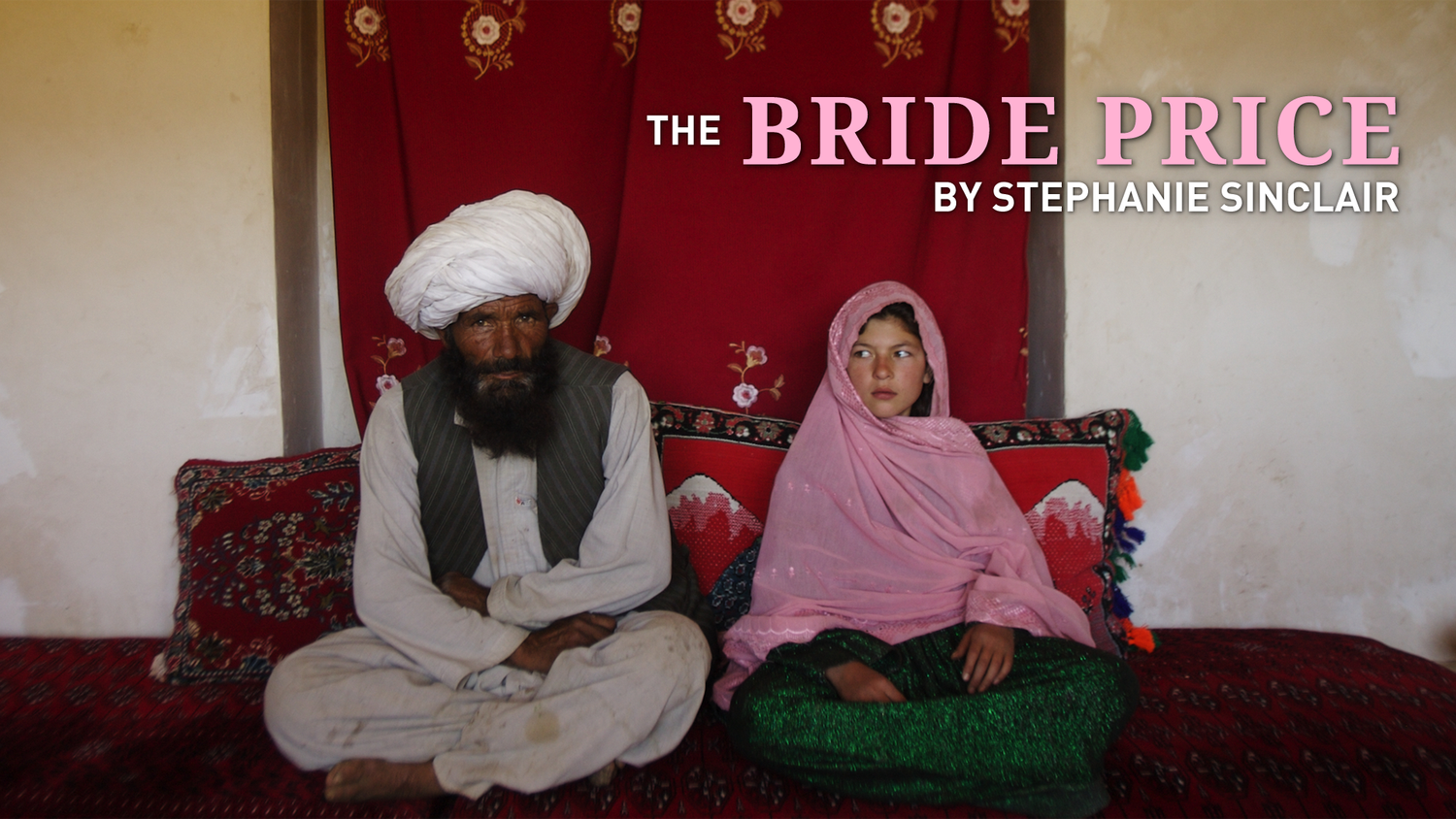
In many countries, girls as young as eight are forced into marriage by their families, culture and economic situation. This practice destroys their chance at education leading to tragic results.
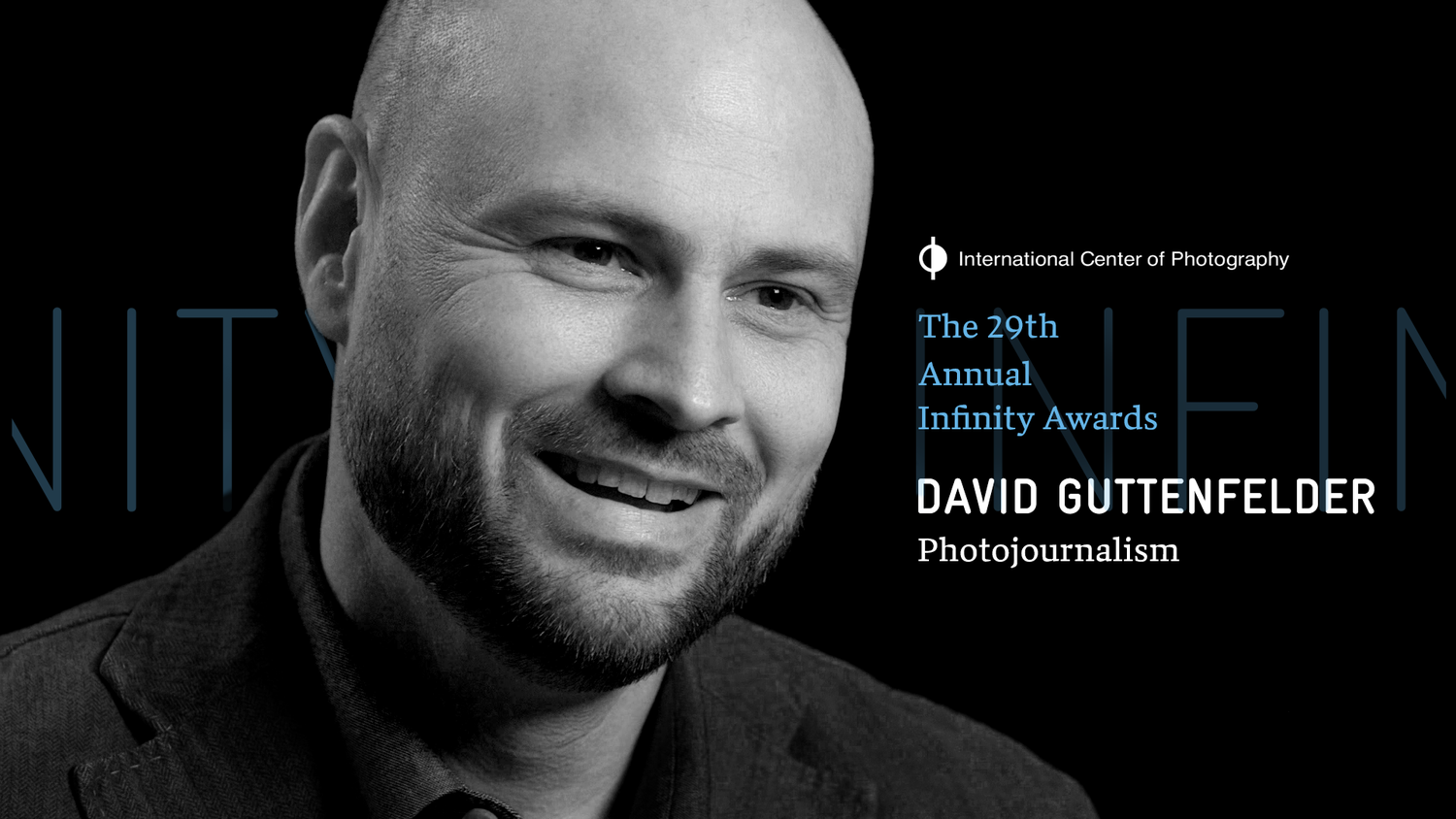
Surreal and mysterious, North Korea was a black hole to outsiders wanting a glimpse of the country. That all changed in 2012, when AP photographer David Guttenfelder led the opening of the bureau's newest office inside the North Korea.
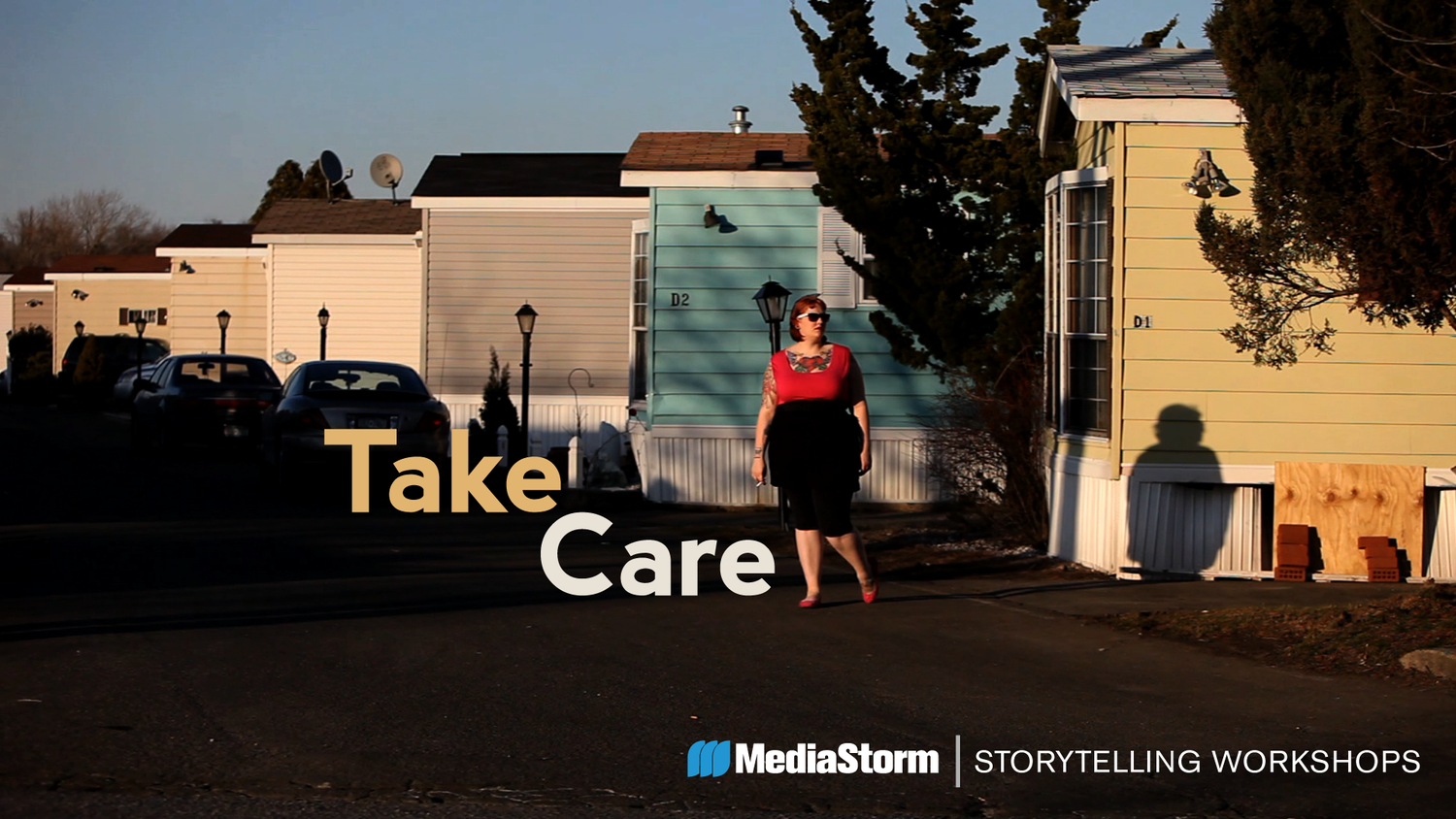
Virginia Gandee's brilliant red hair and dozen tattoos belie the reality of this 22-year-old's life. Inside her family's Staten Island trailer her caregiving goes far beyond the love she has for her daughter.
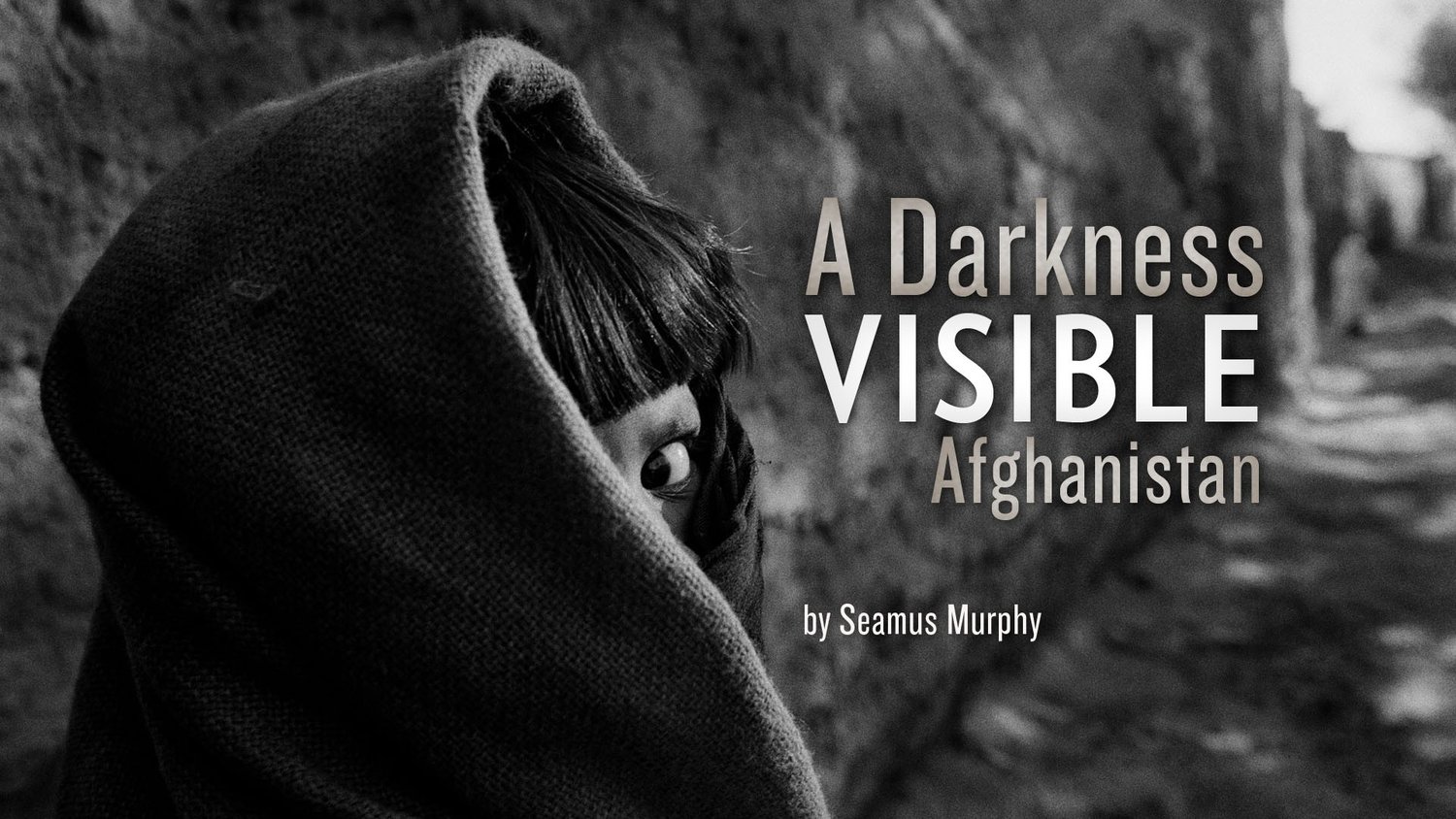
Based on 14 trips to Afghanistan between 1994 and 2010, A Darkness Visible: Afghanistan is the work of photojournalist Seamus Murphy. His work chronicles a people caught time and again in political turmoil, struggling to find their way.
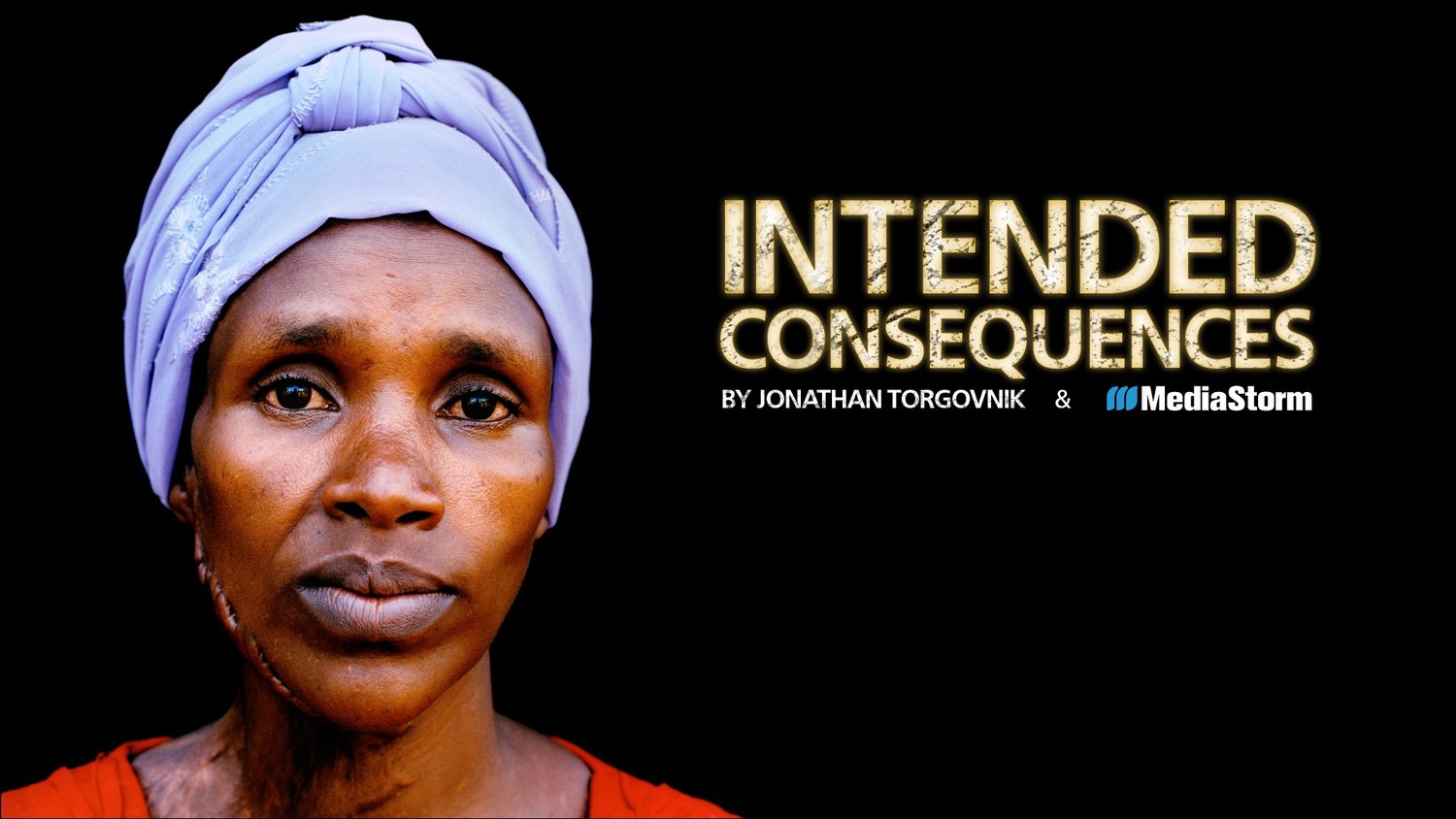
In Rwanda, in 1994, Hutu militia committed a bloody genocide, murdering one million Tutsis. Many of the Tutsi women were spared, only to be held captive and repeatedly raped. Many became pregnant. Intended Consequences tells their stories.
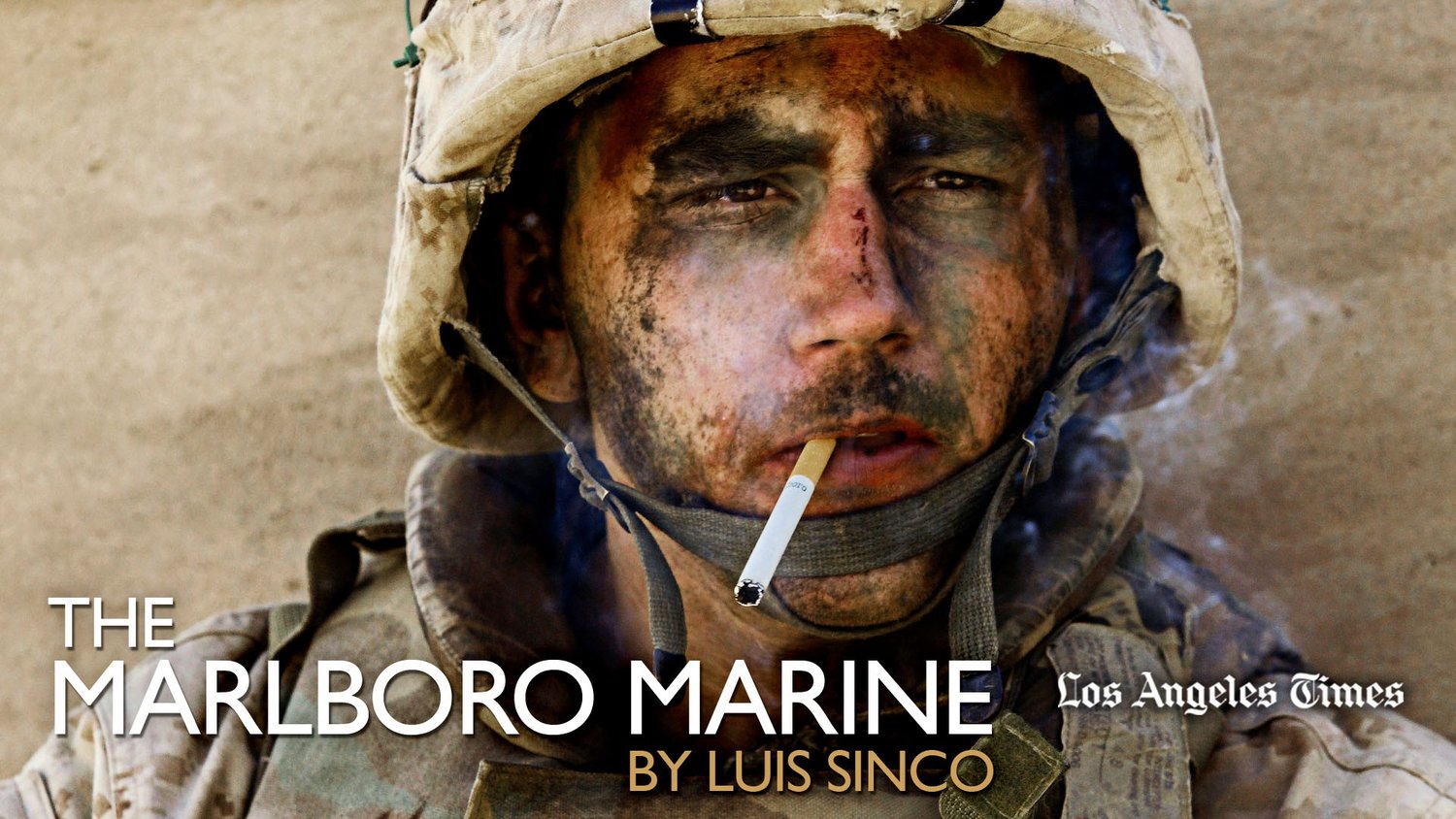
To those who serve in the armed forces, what is the aftereffect of war? The Marlboro Marine is photographer Luis Sinco's portrait of Marine Corporal James Blake Miller, whom he met in Iraq. For Miller, coming home has been its own battle.
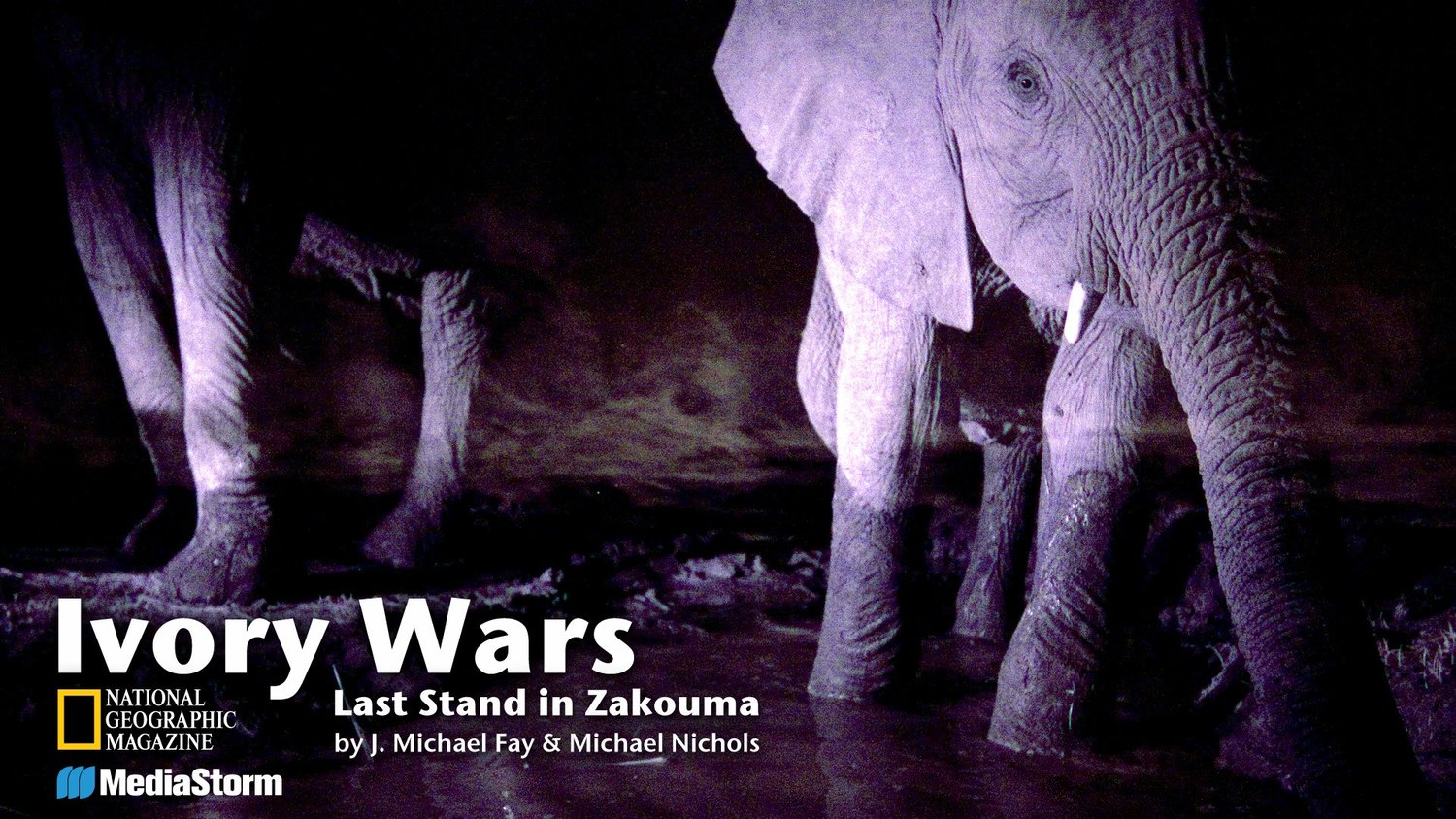
Zakouma National Park is one of the last places on earth where elephants still roam by the thousands. In a land where poachers will slaughter the huge animals for their tusks alone, it takes armed guards to keep them safe.
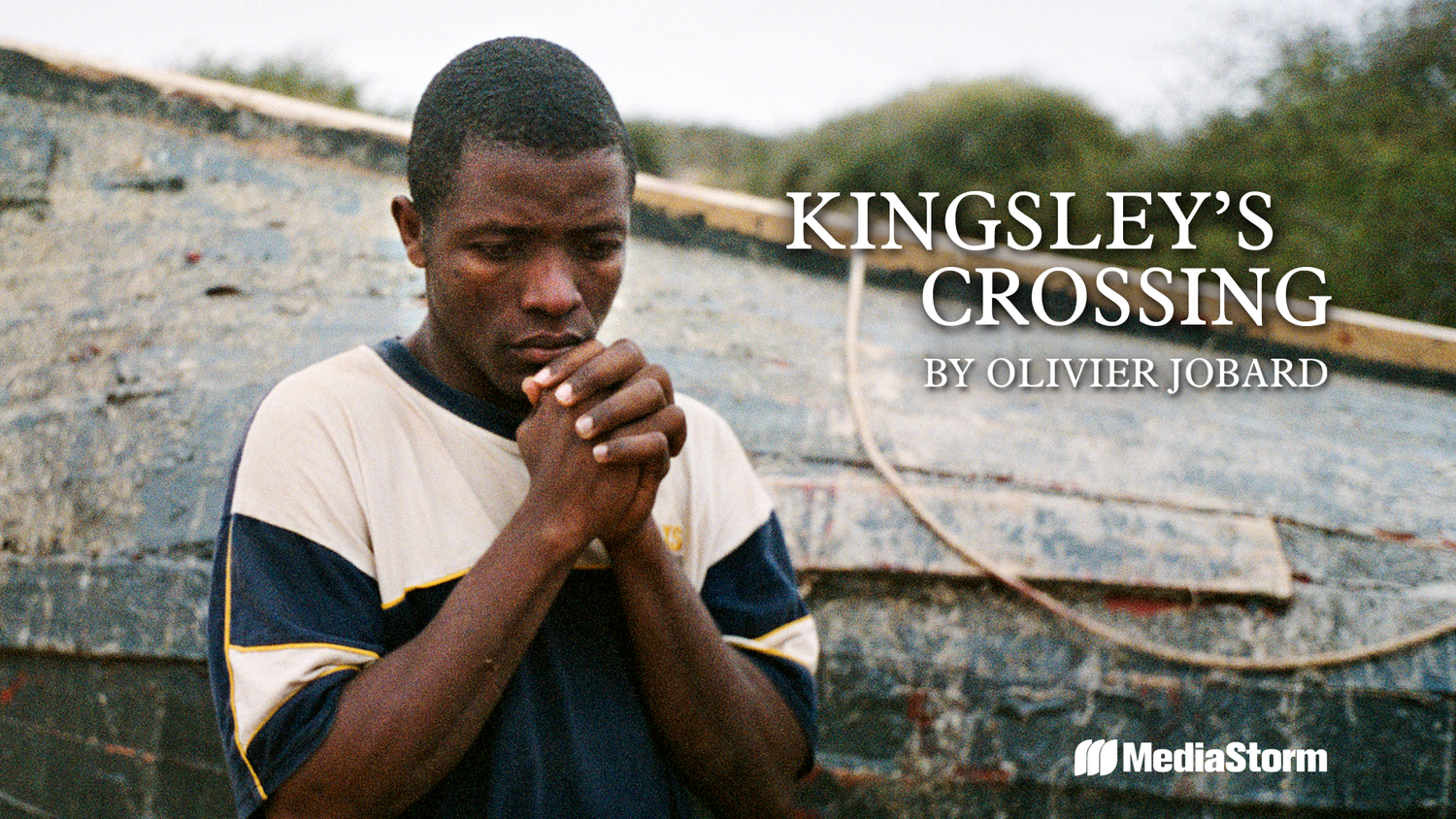
Kingsley's Crossing is the story of one man's dream to leave the poverty of life in Africa for the promised land of Europe. We walk in his shoes, as photojournalist Olivier Jobard accompanies Kingsley on his uncertain and perilous journey.
Collaborate With Us
The MediaStorm Platform is an advanced video platform that extends the user experience beyond linear video to include the interactive capabilities of the Internet.
The MediaStorm Platform is an advanced video platform that extends the user experience beyond linear video to include the interactive capabilities of the Internet.
Follow MediaStorm
Copyright 2025 MediaStorm, LLC | Terms & Conditions | Privacy | Contact
